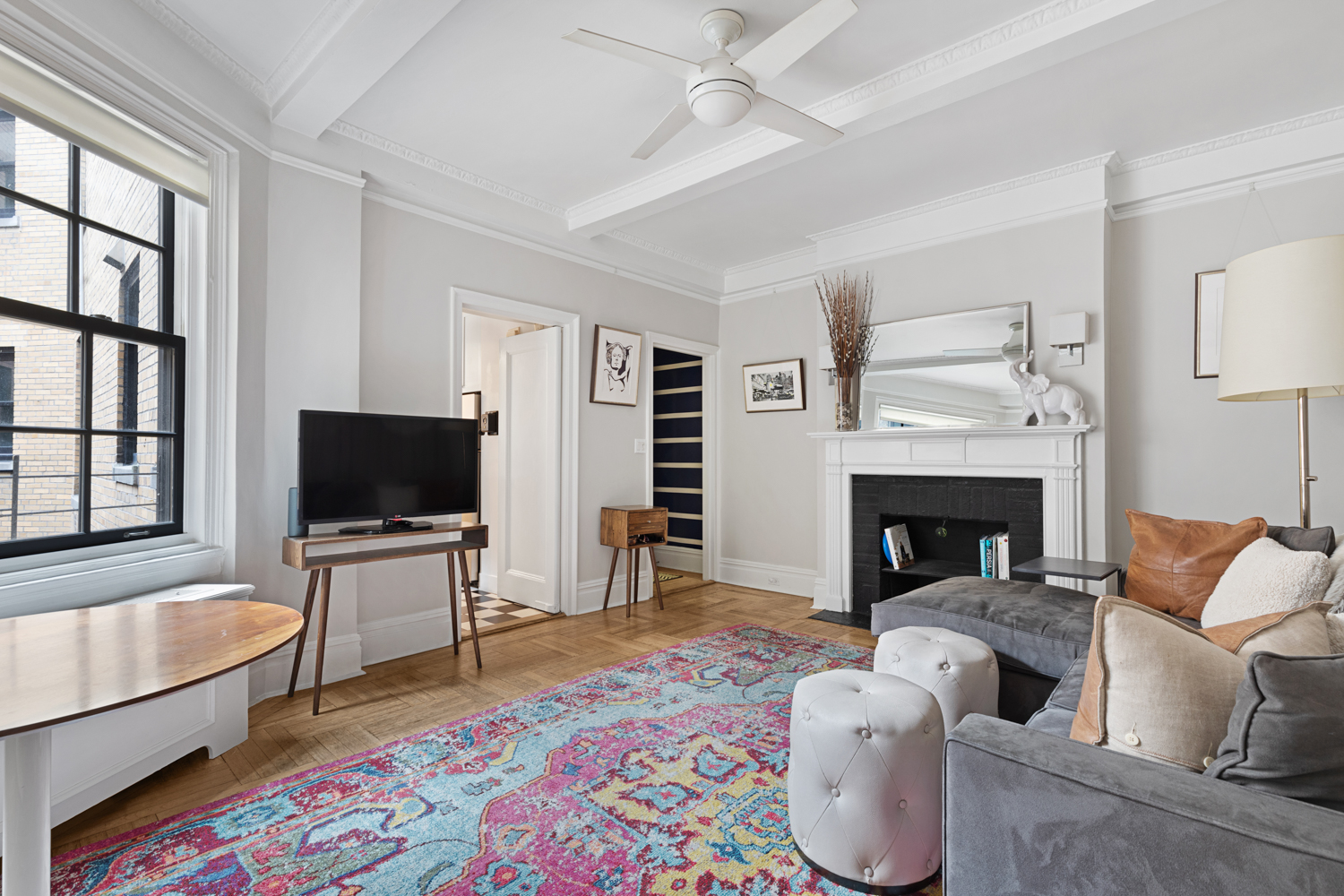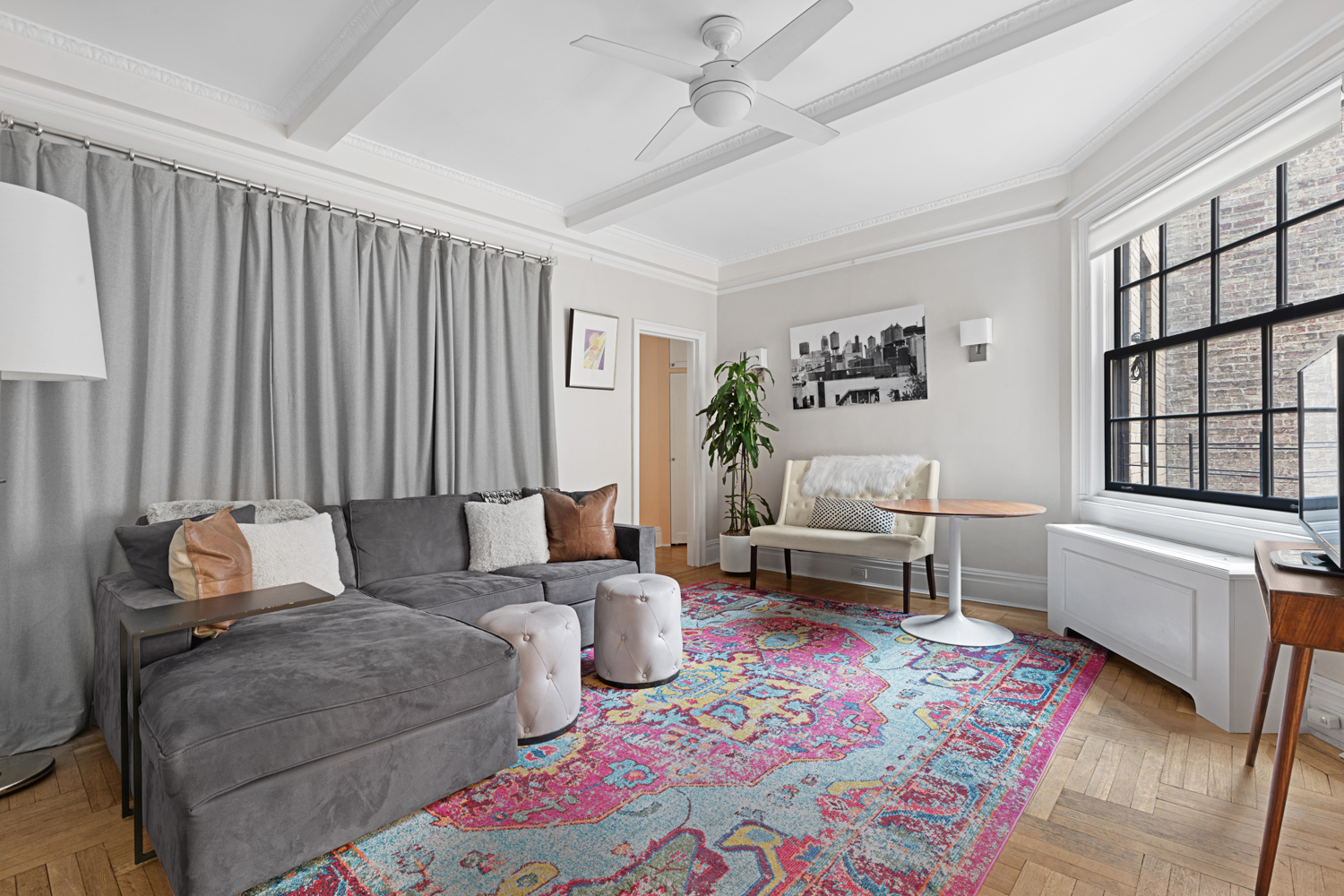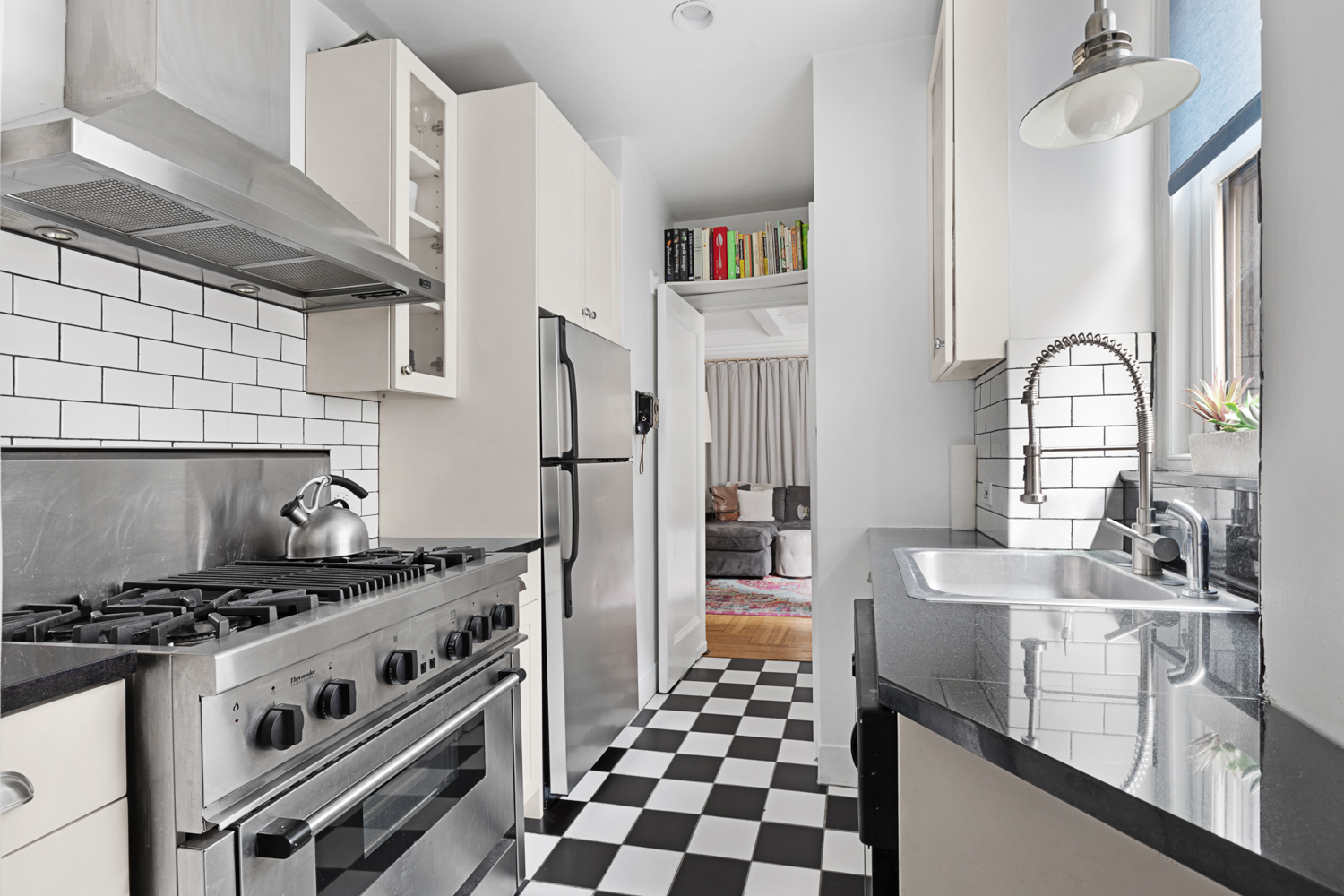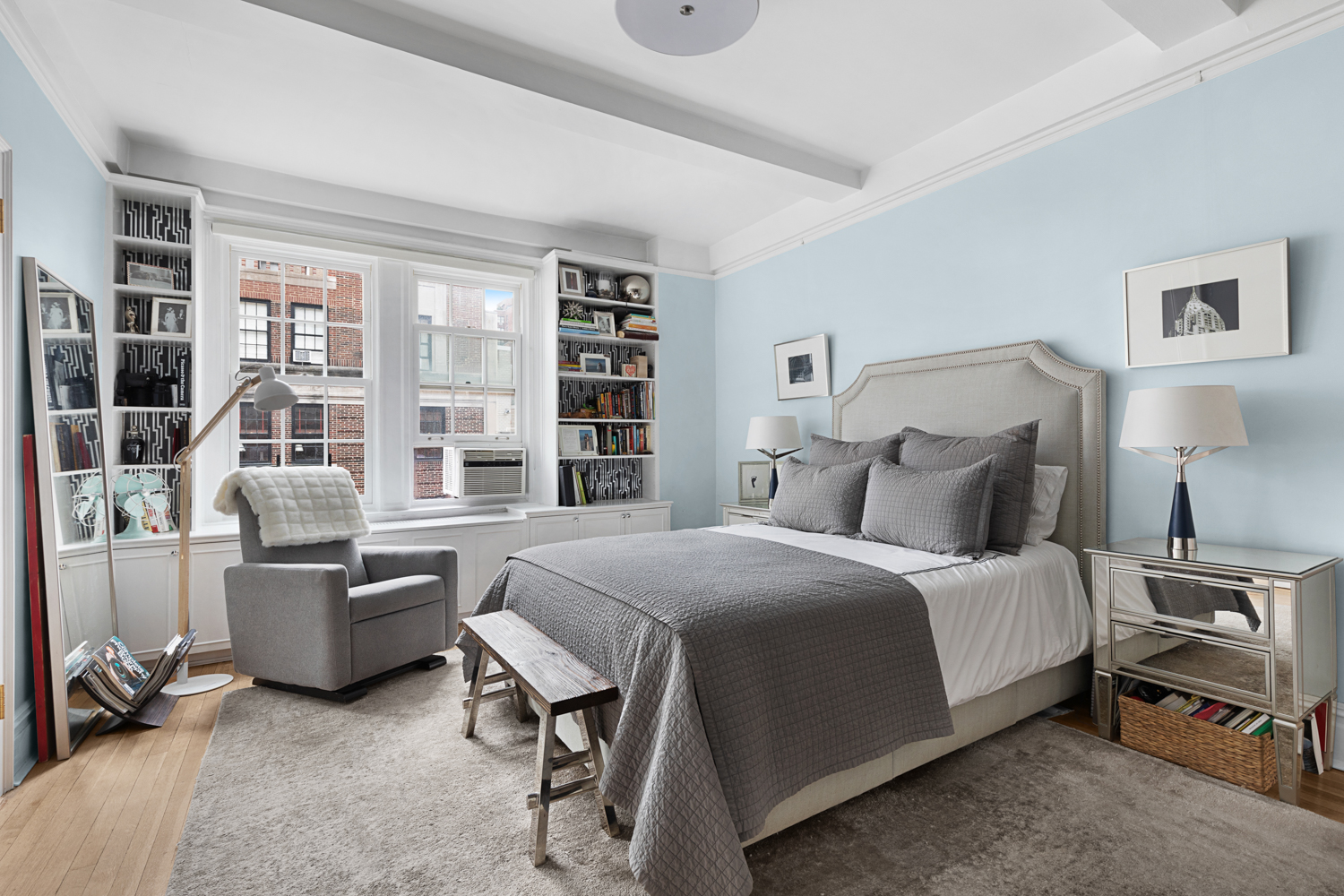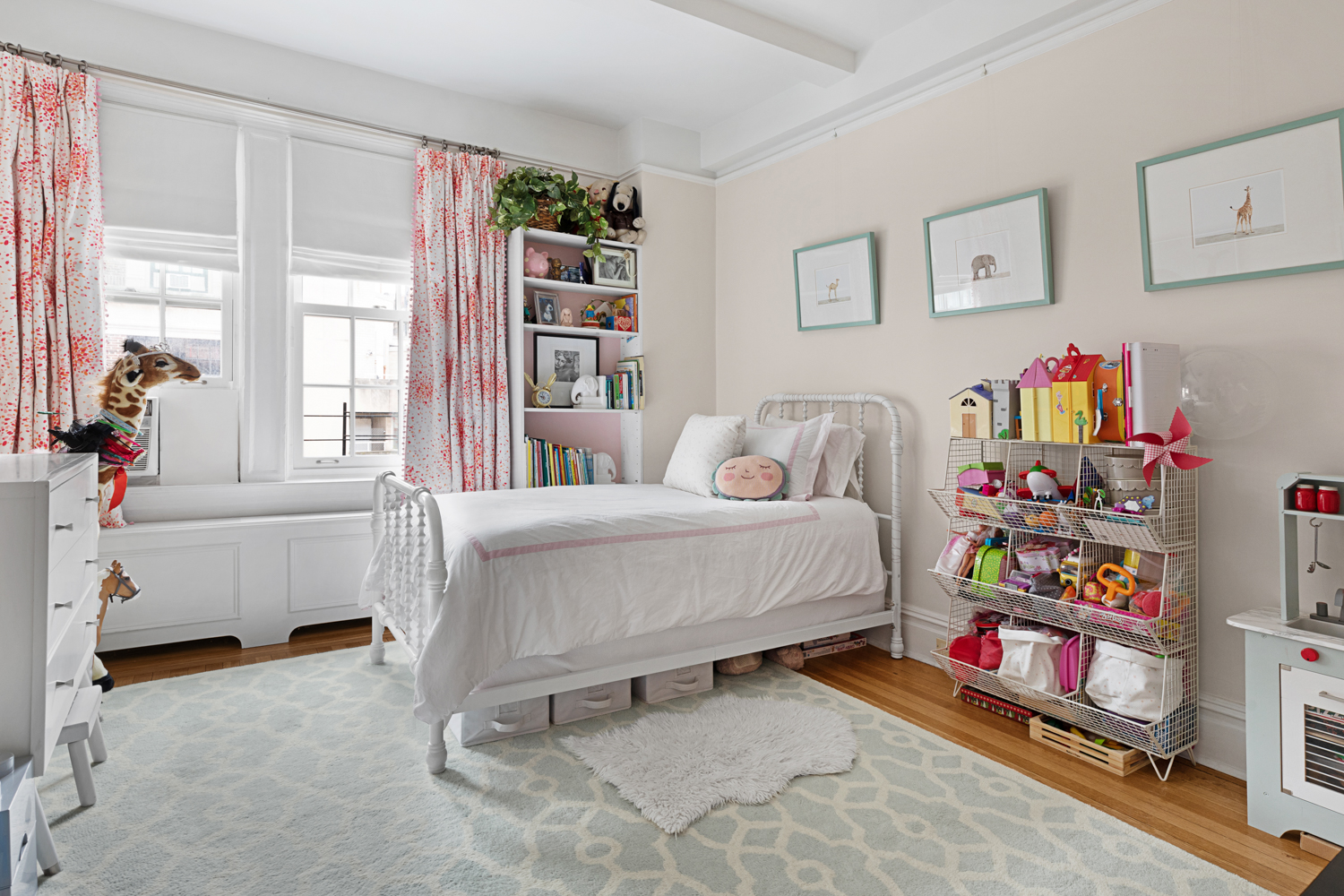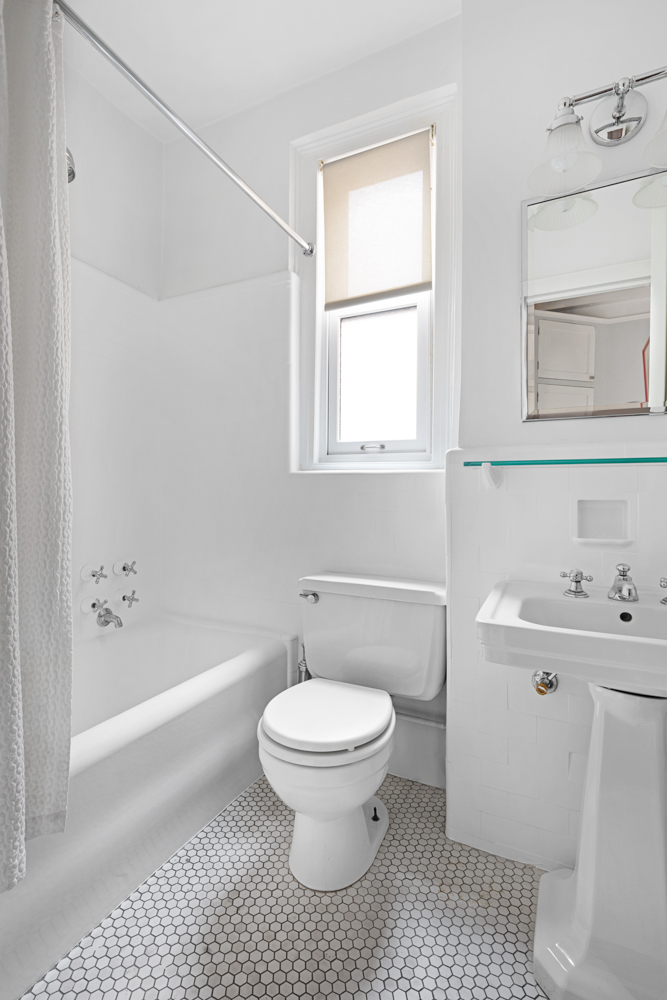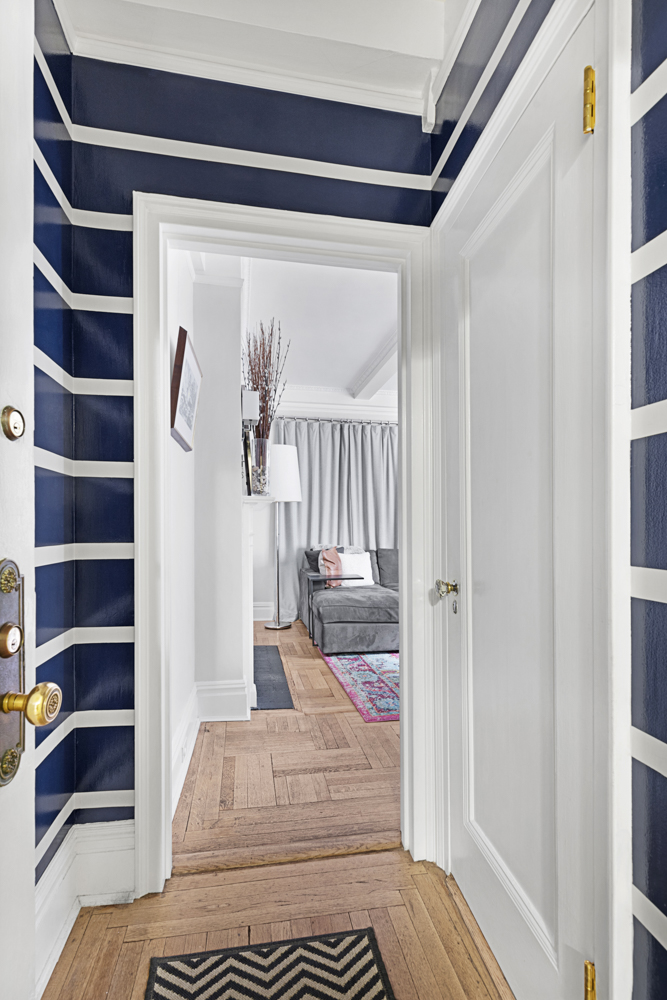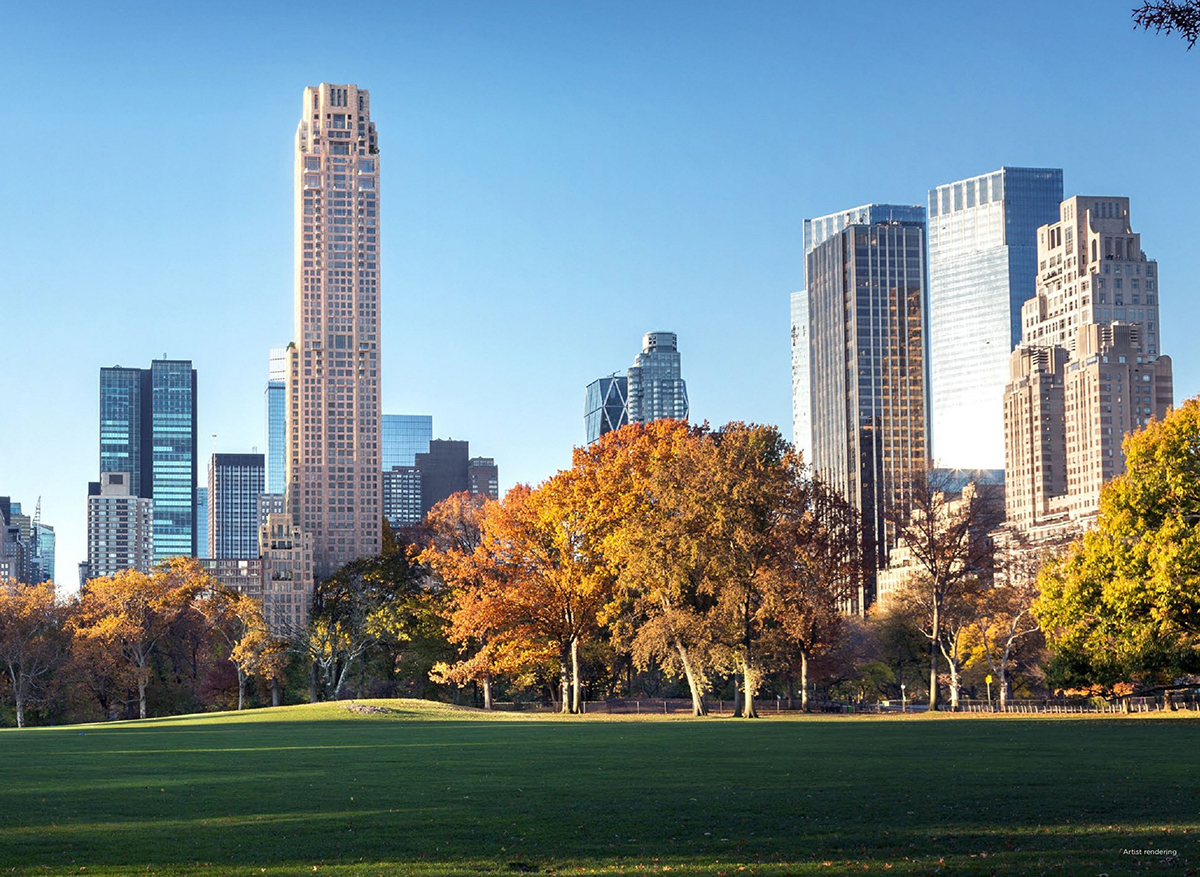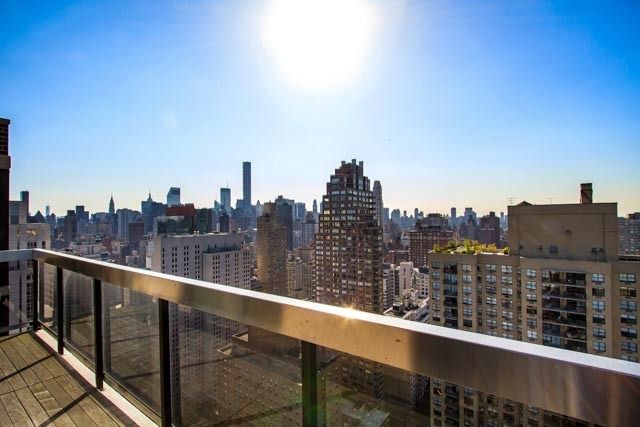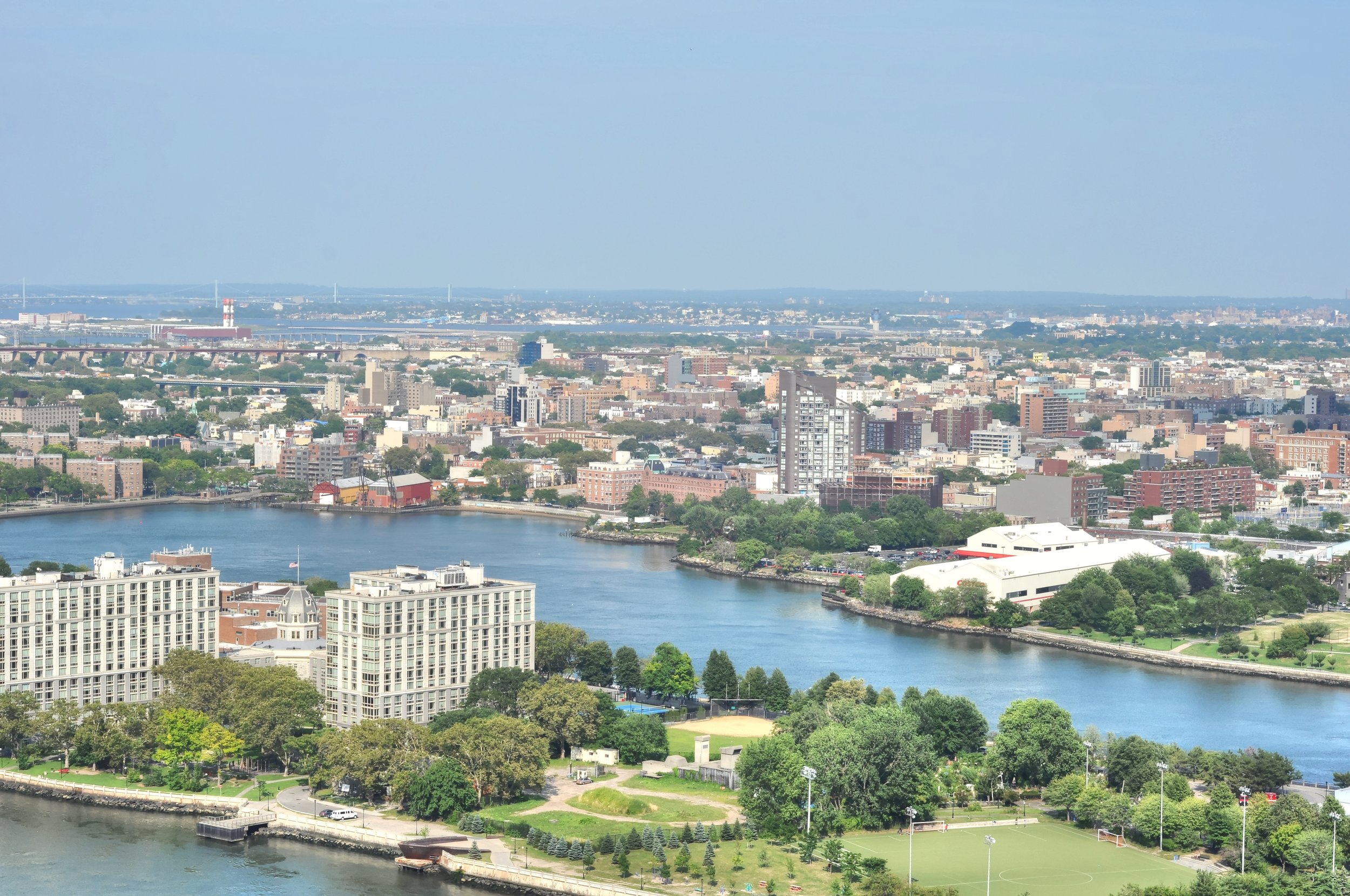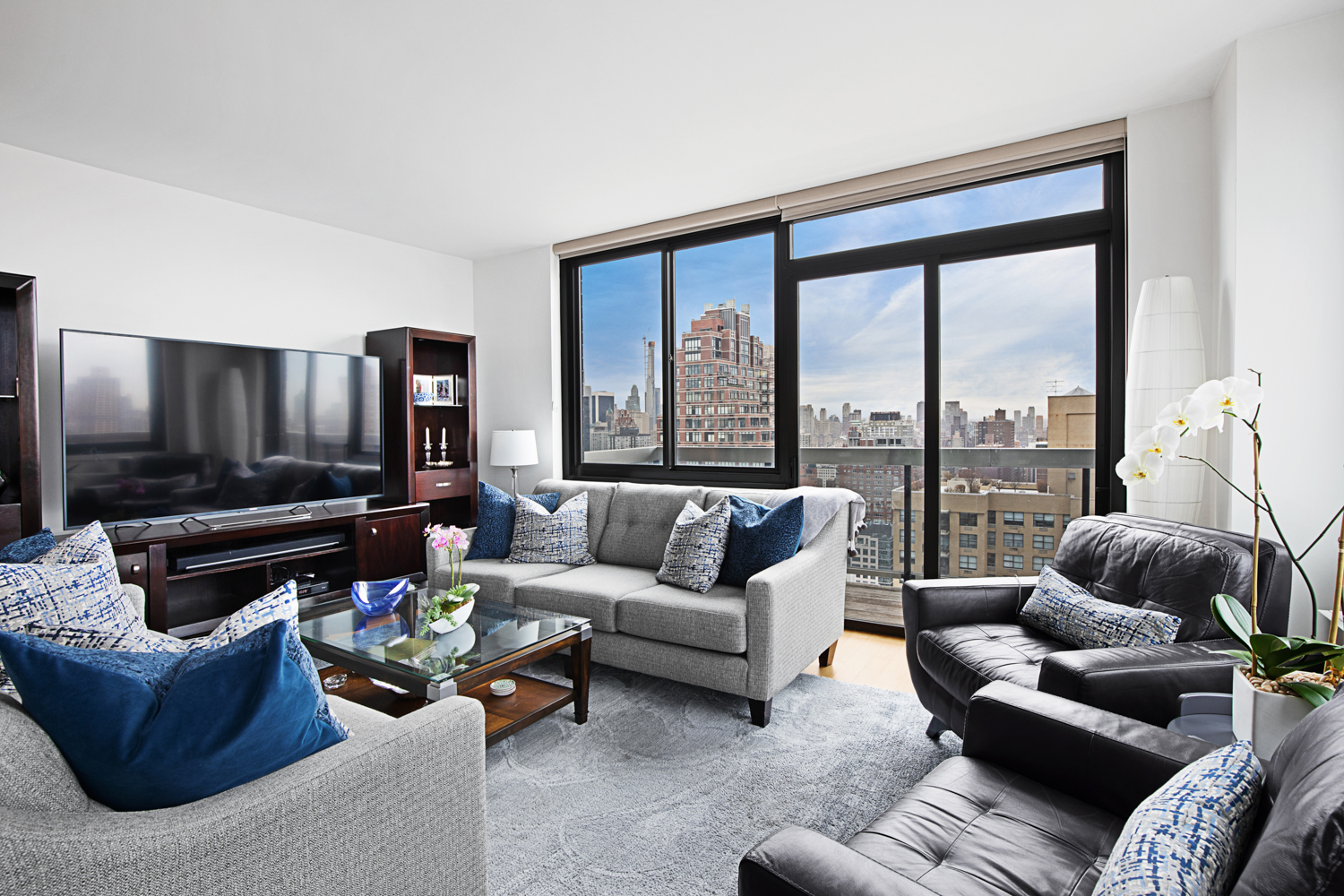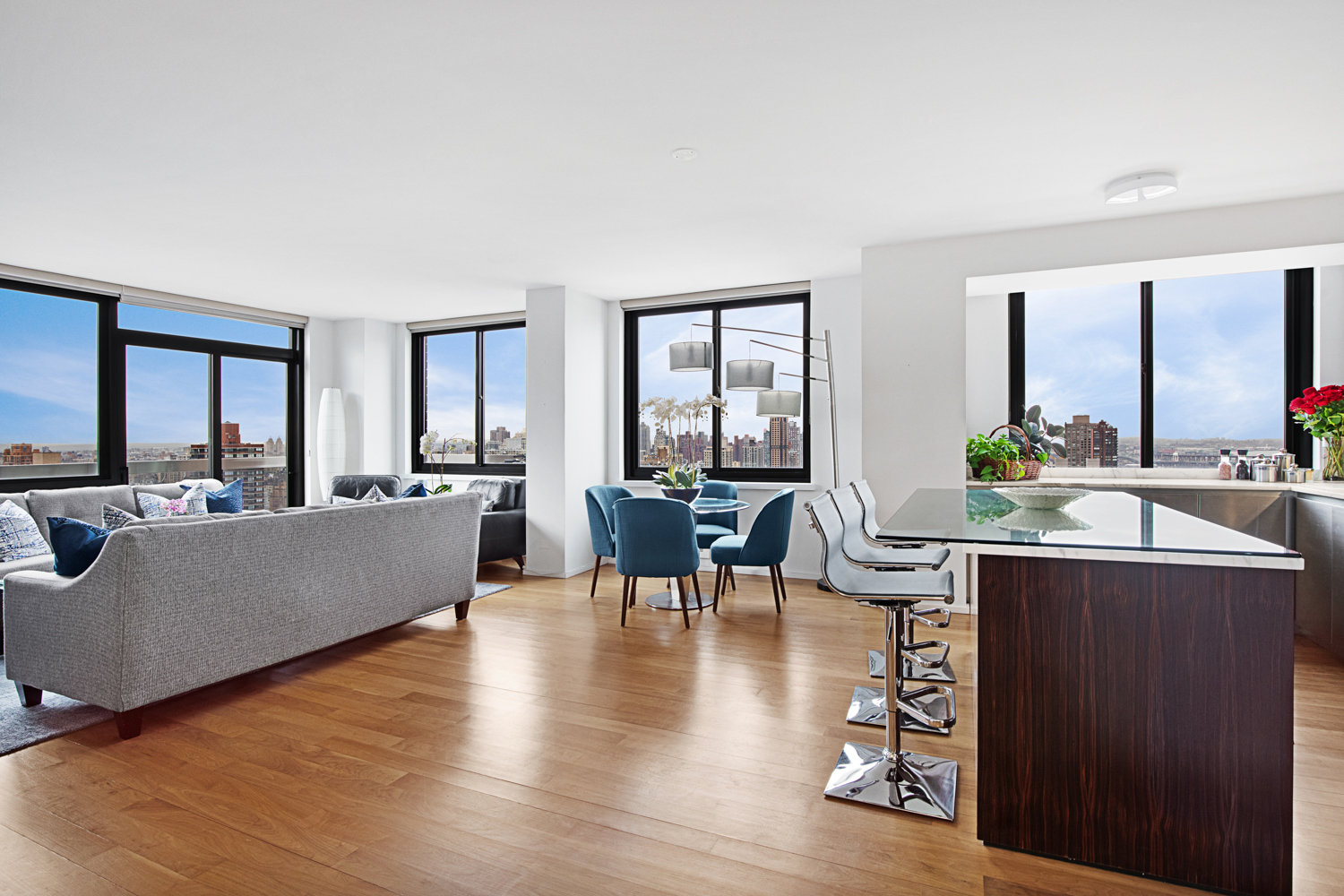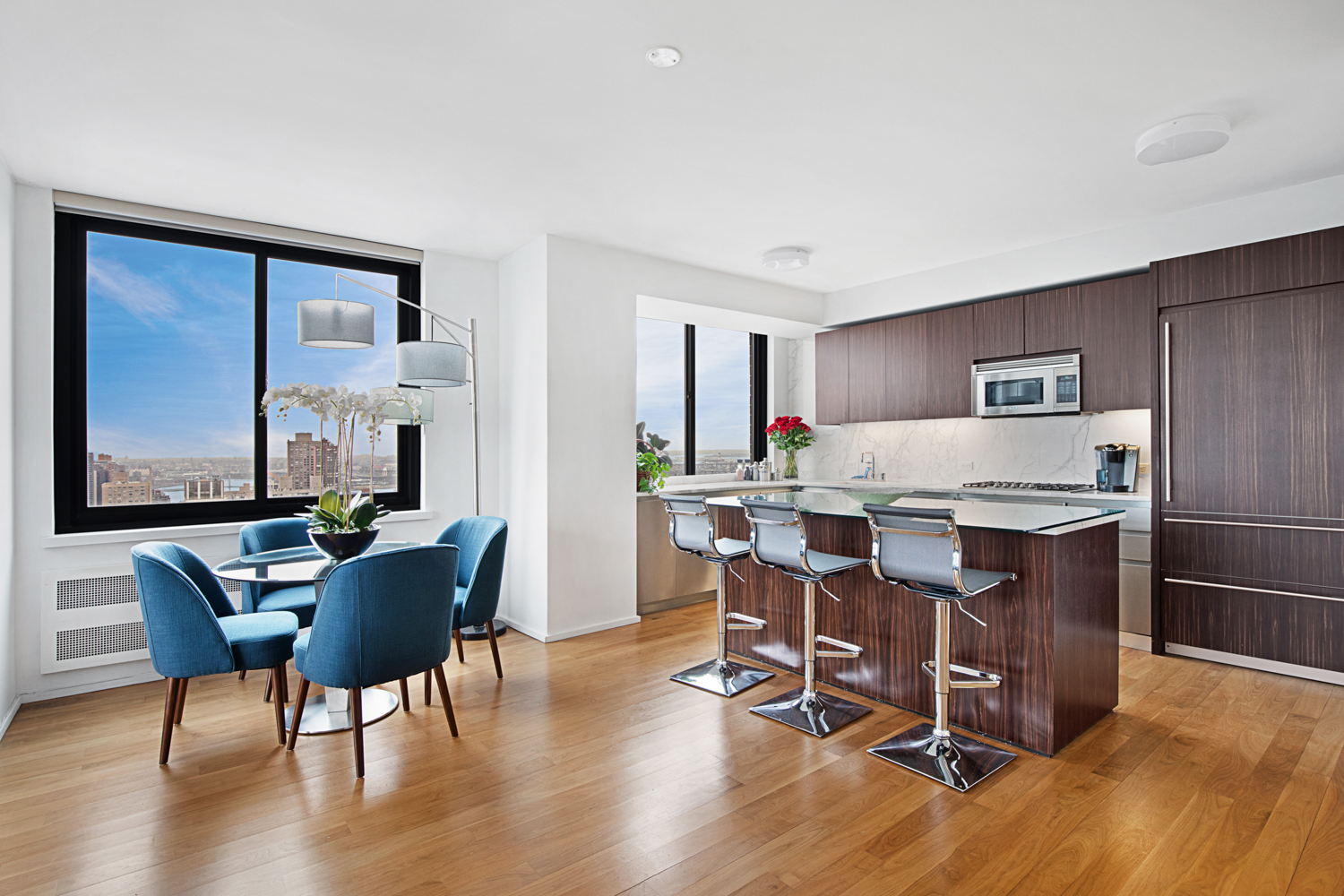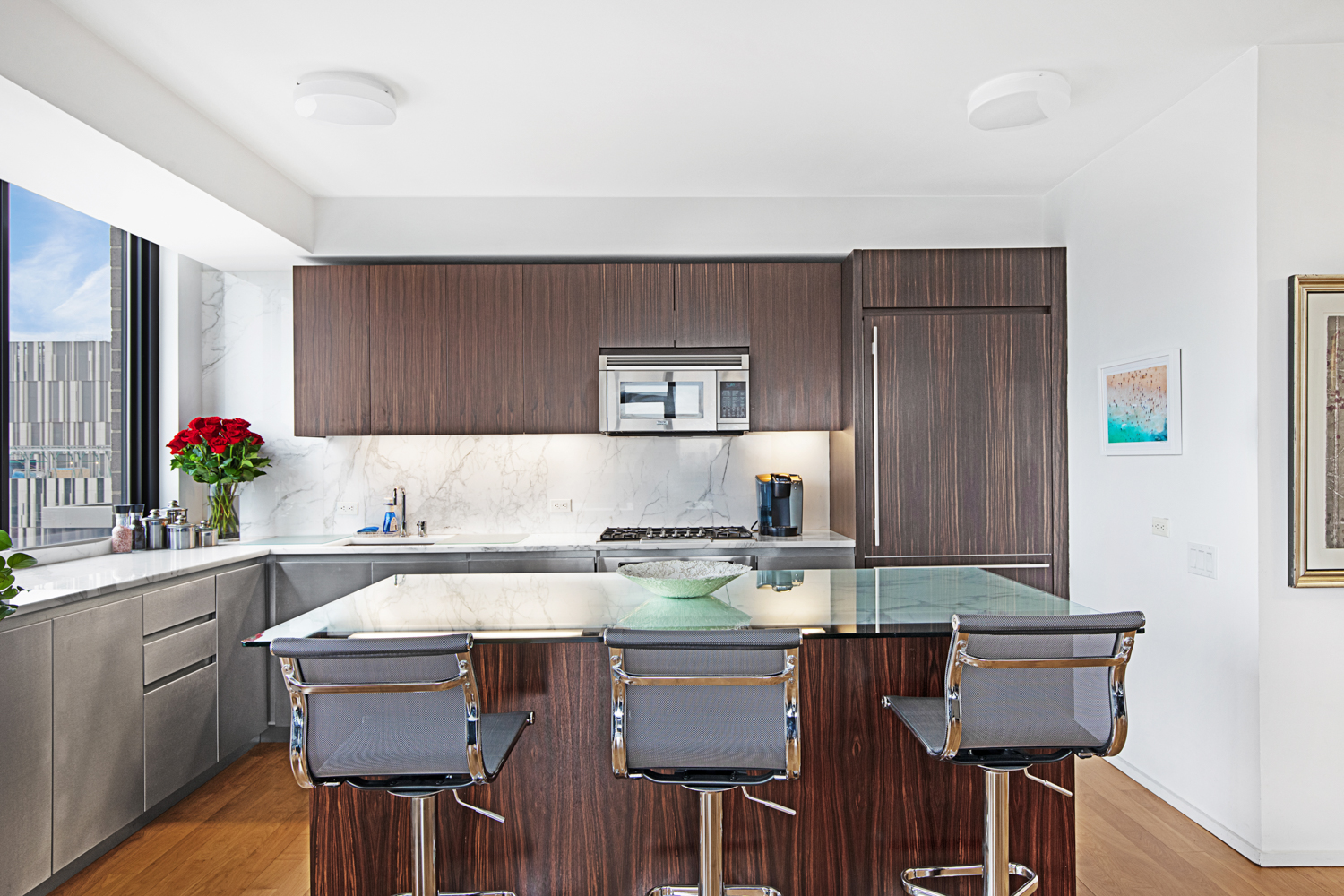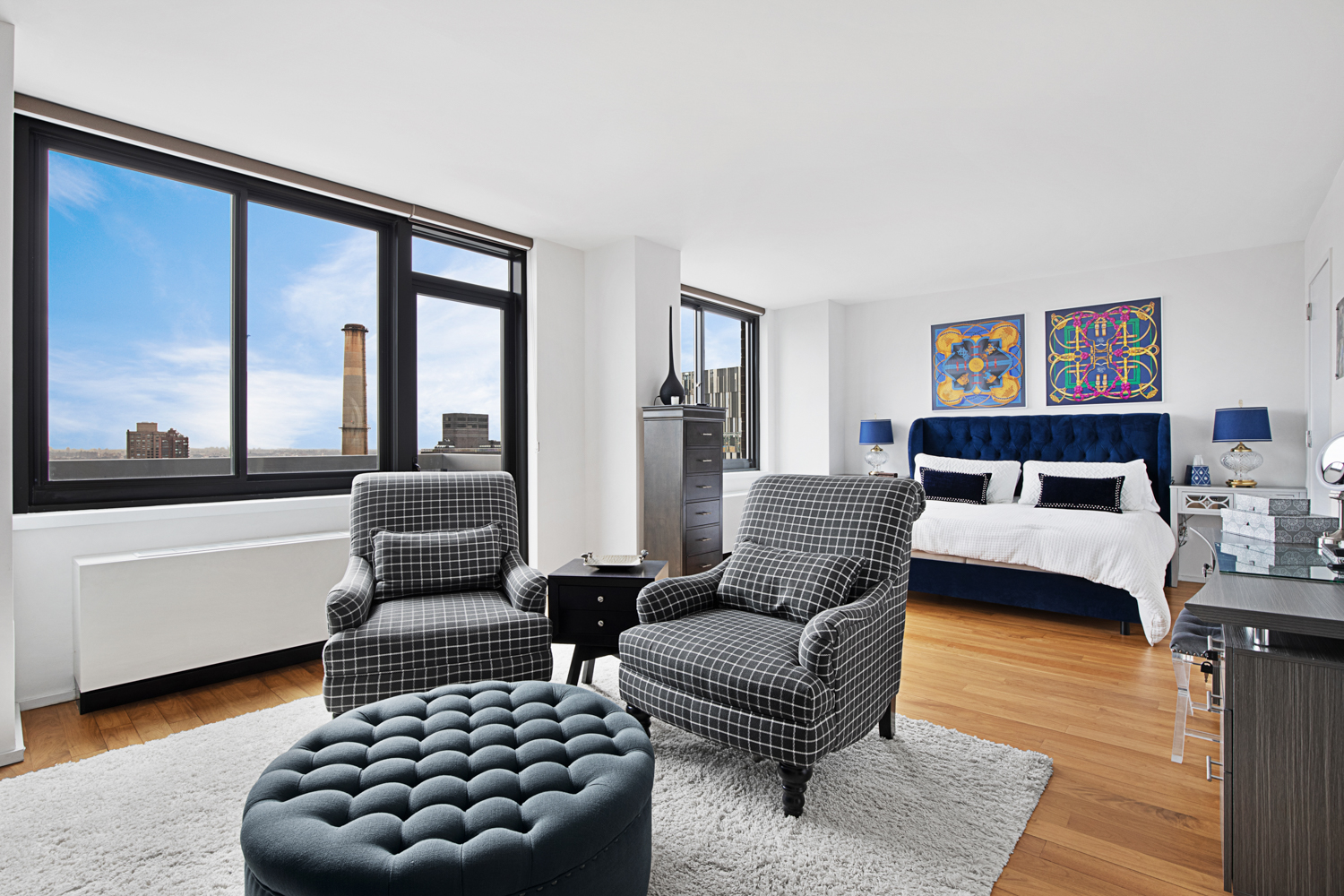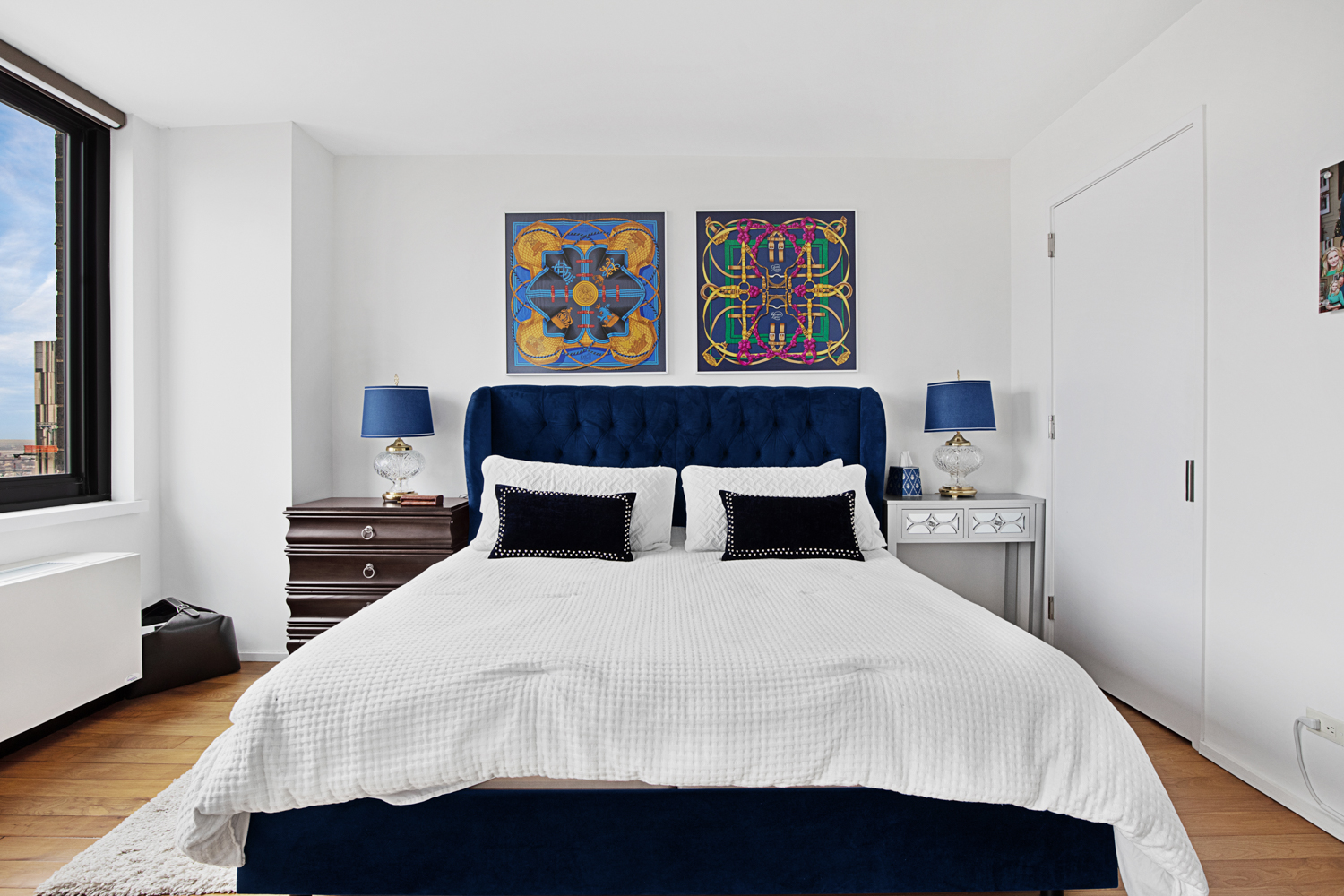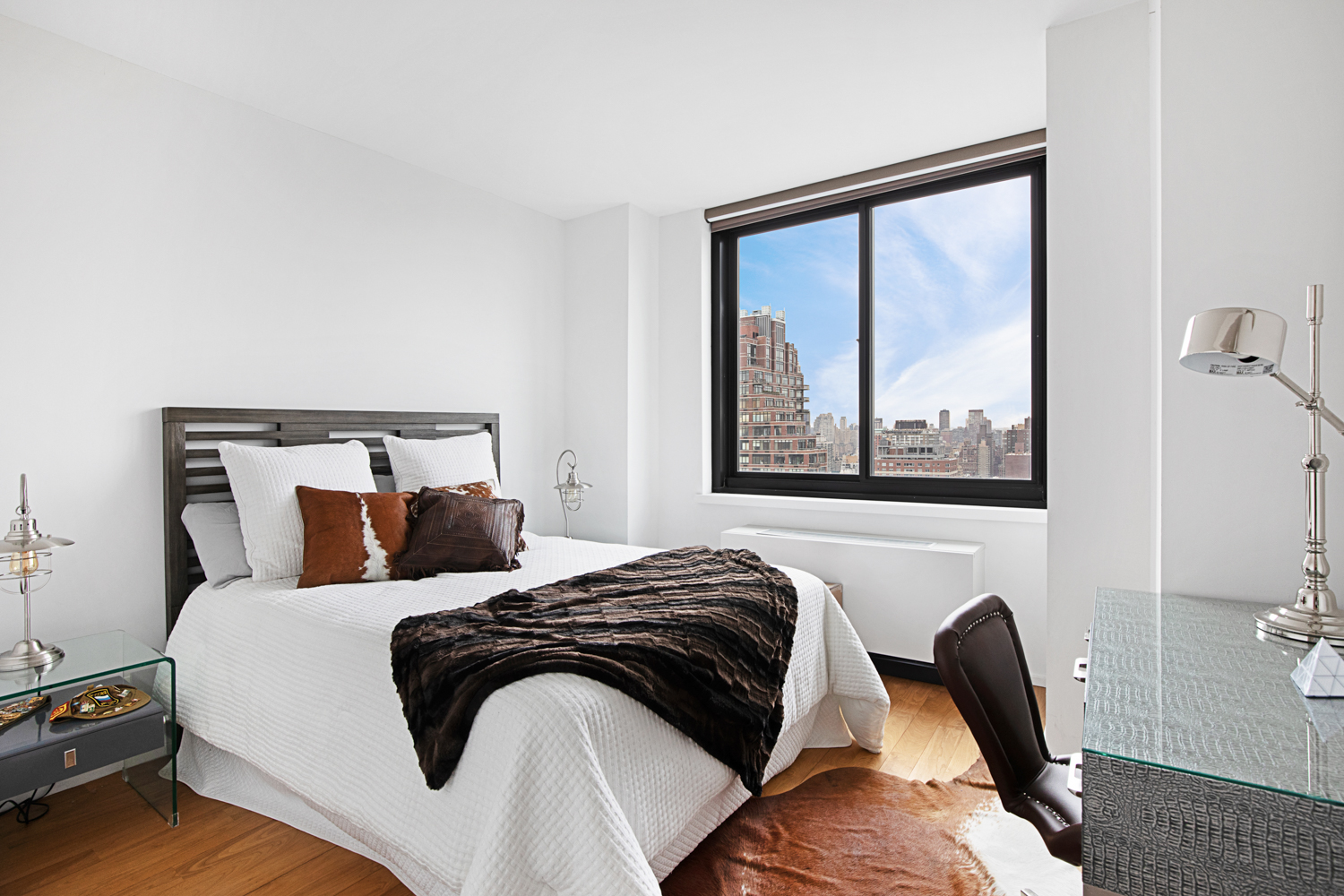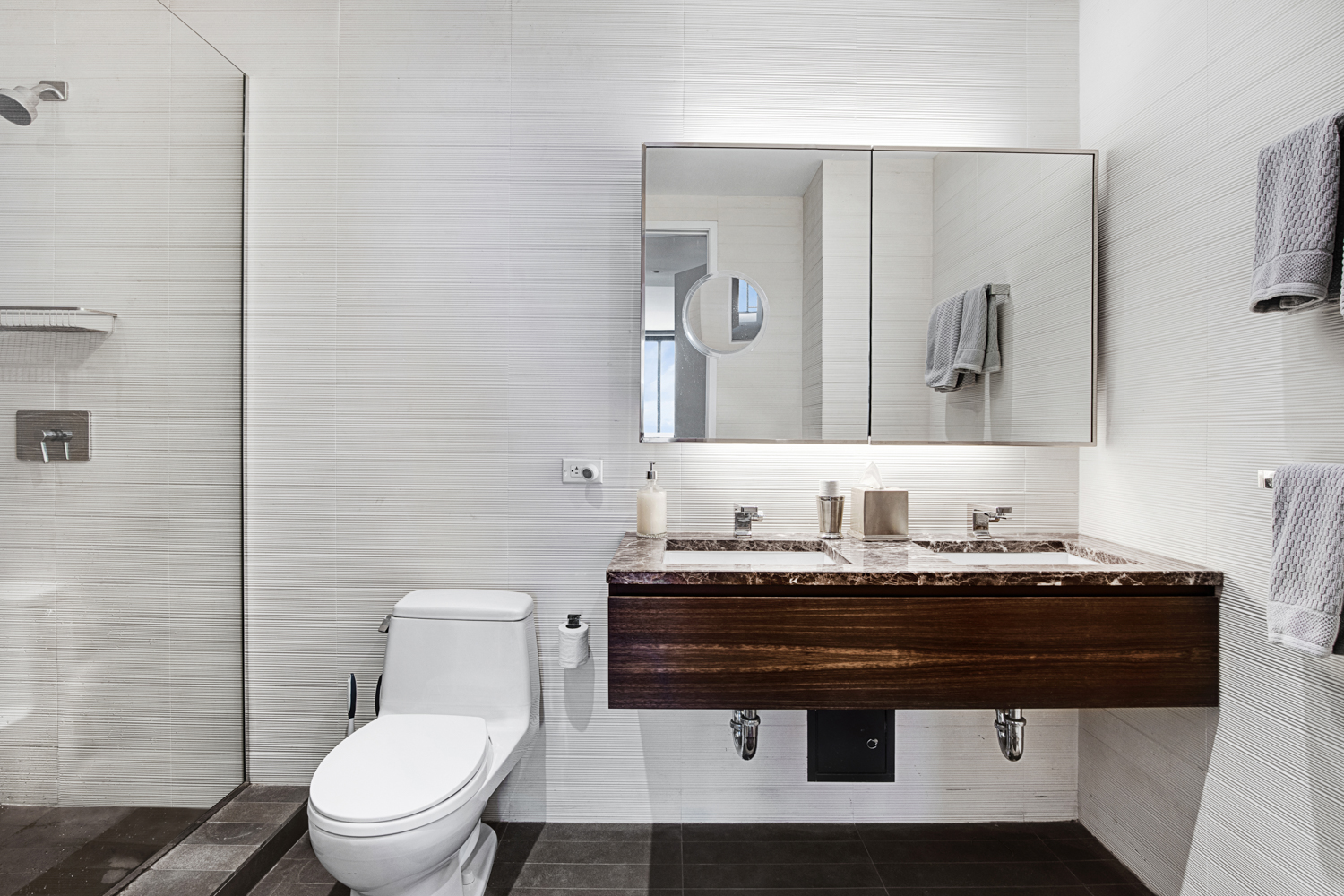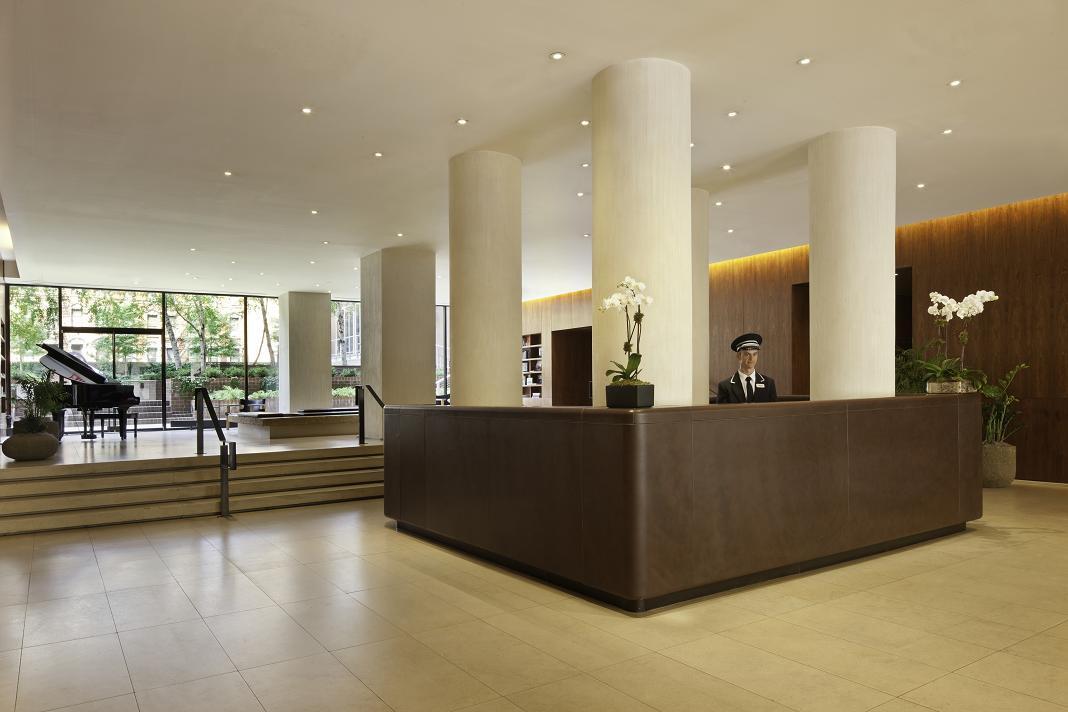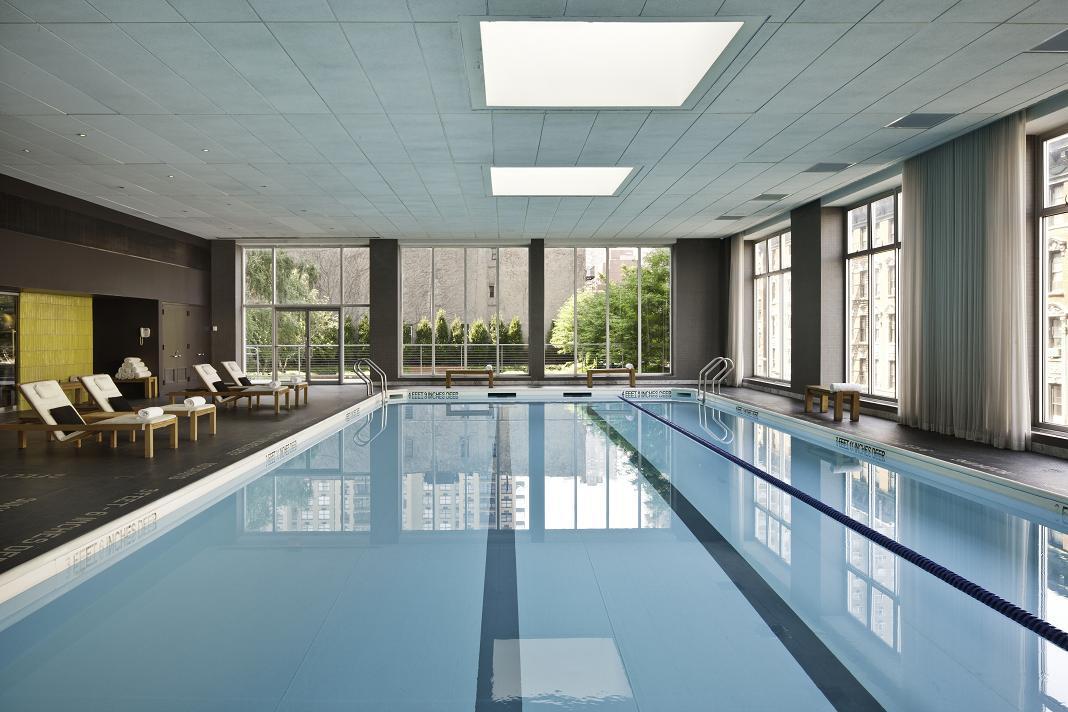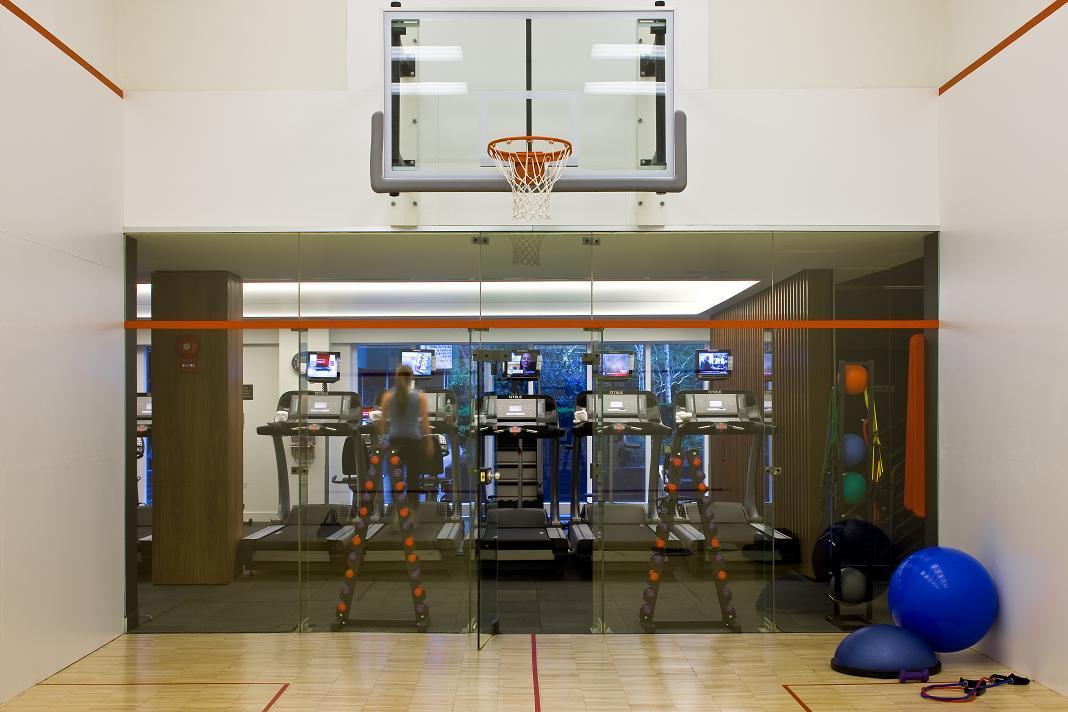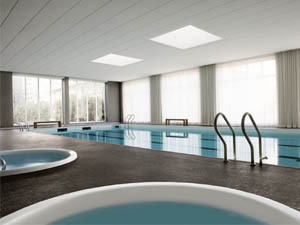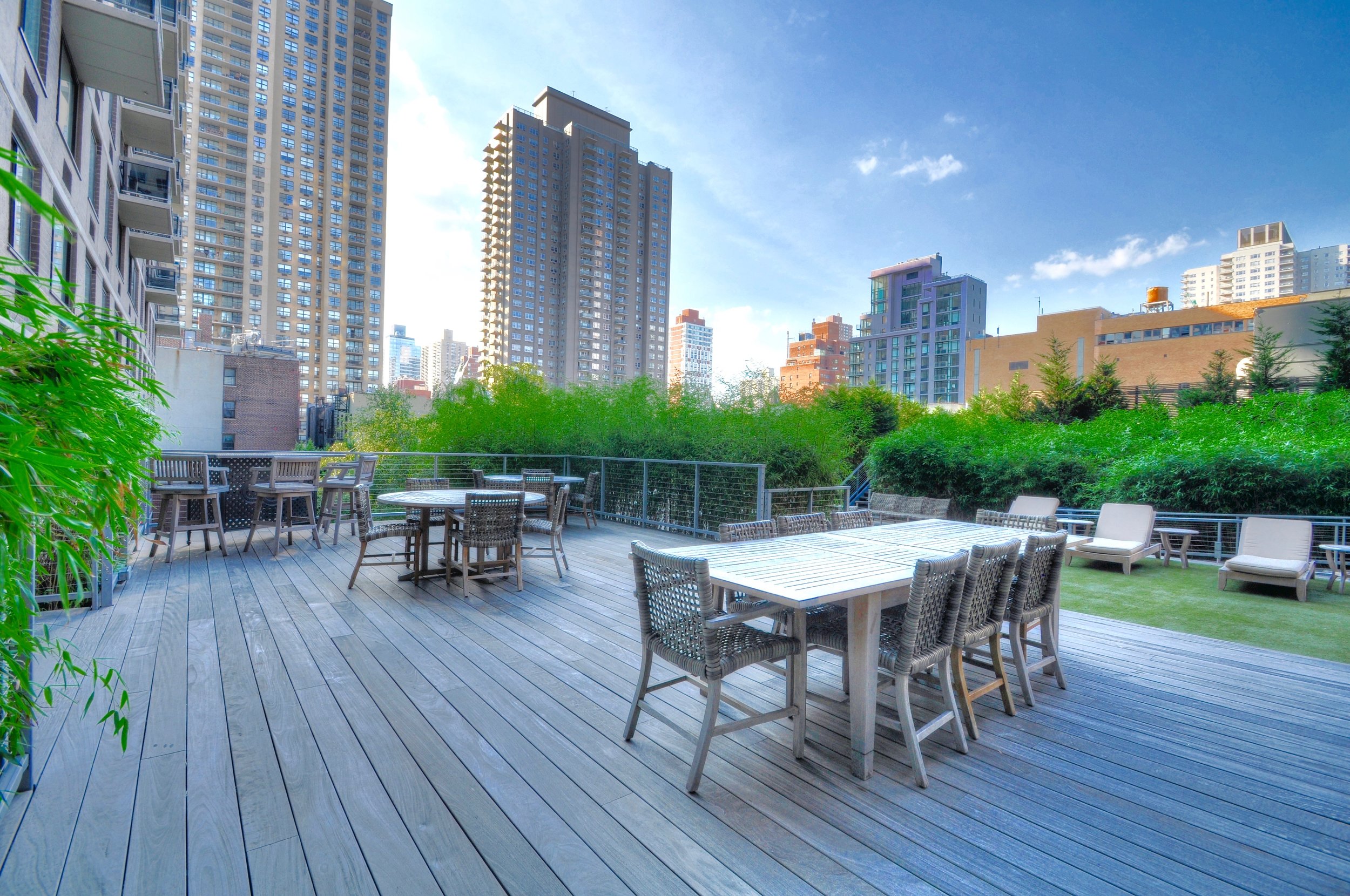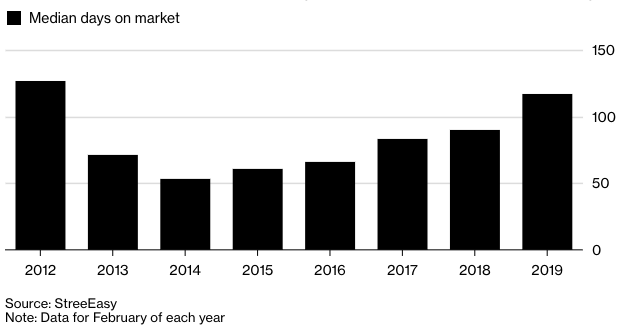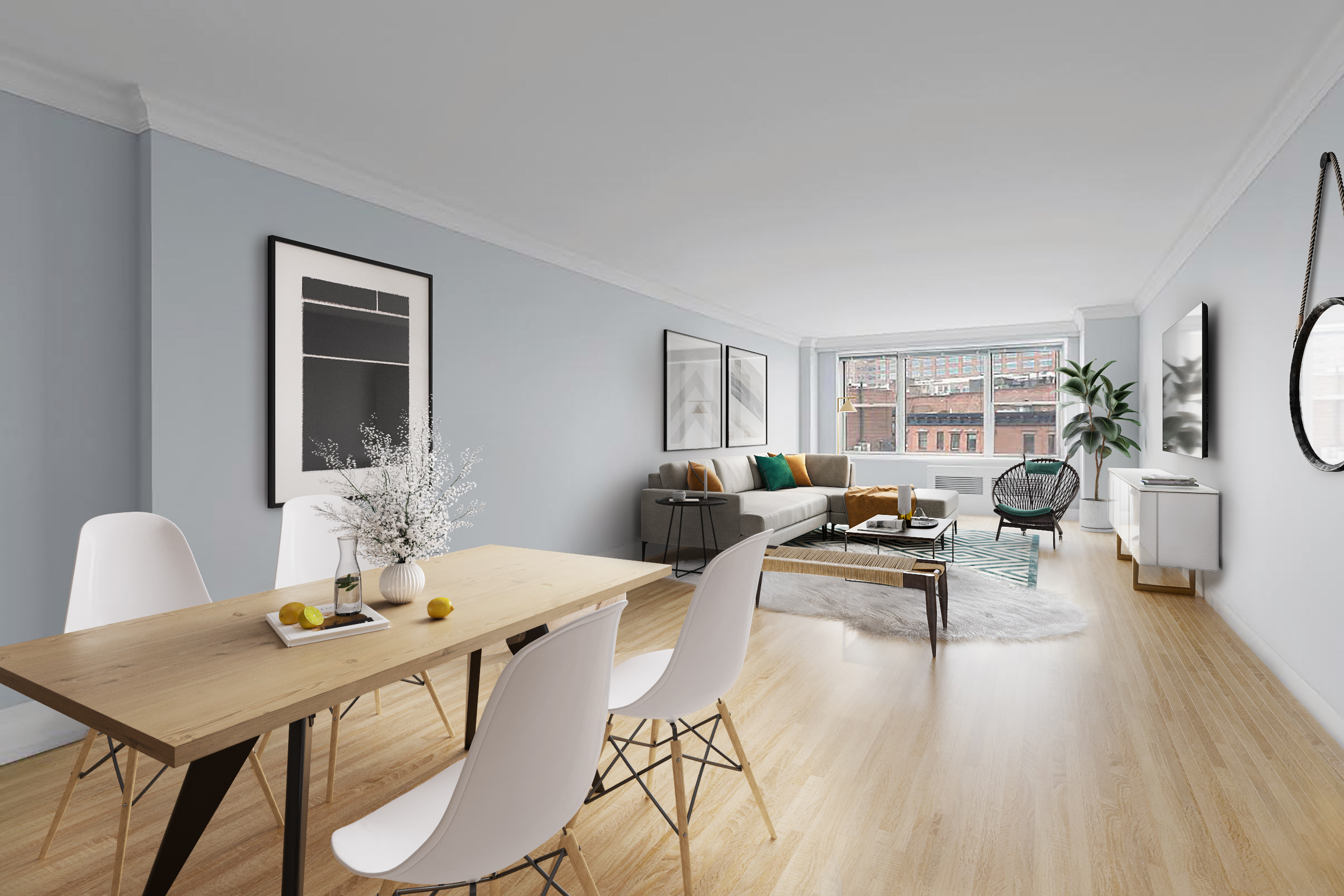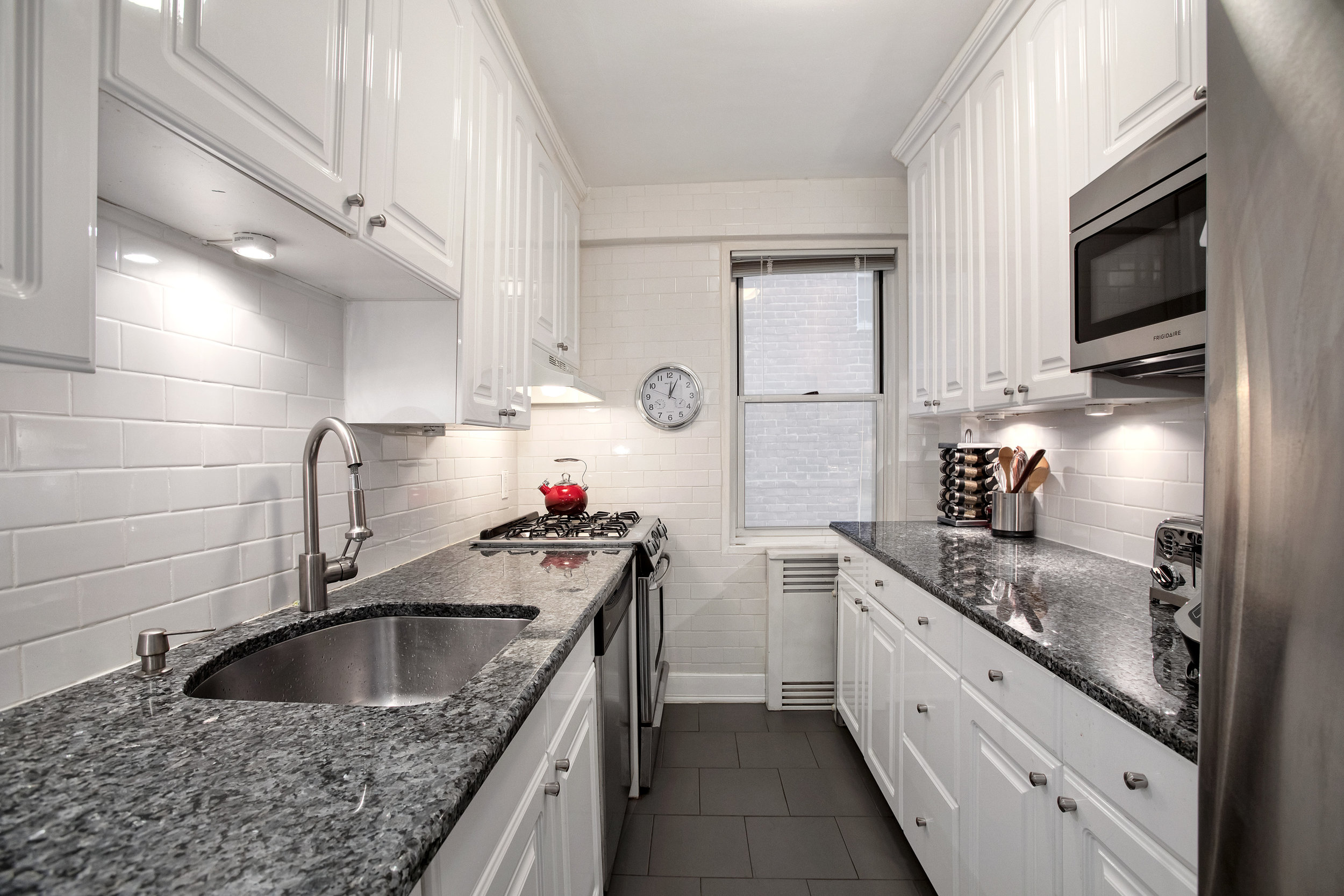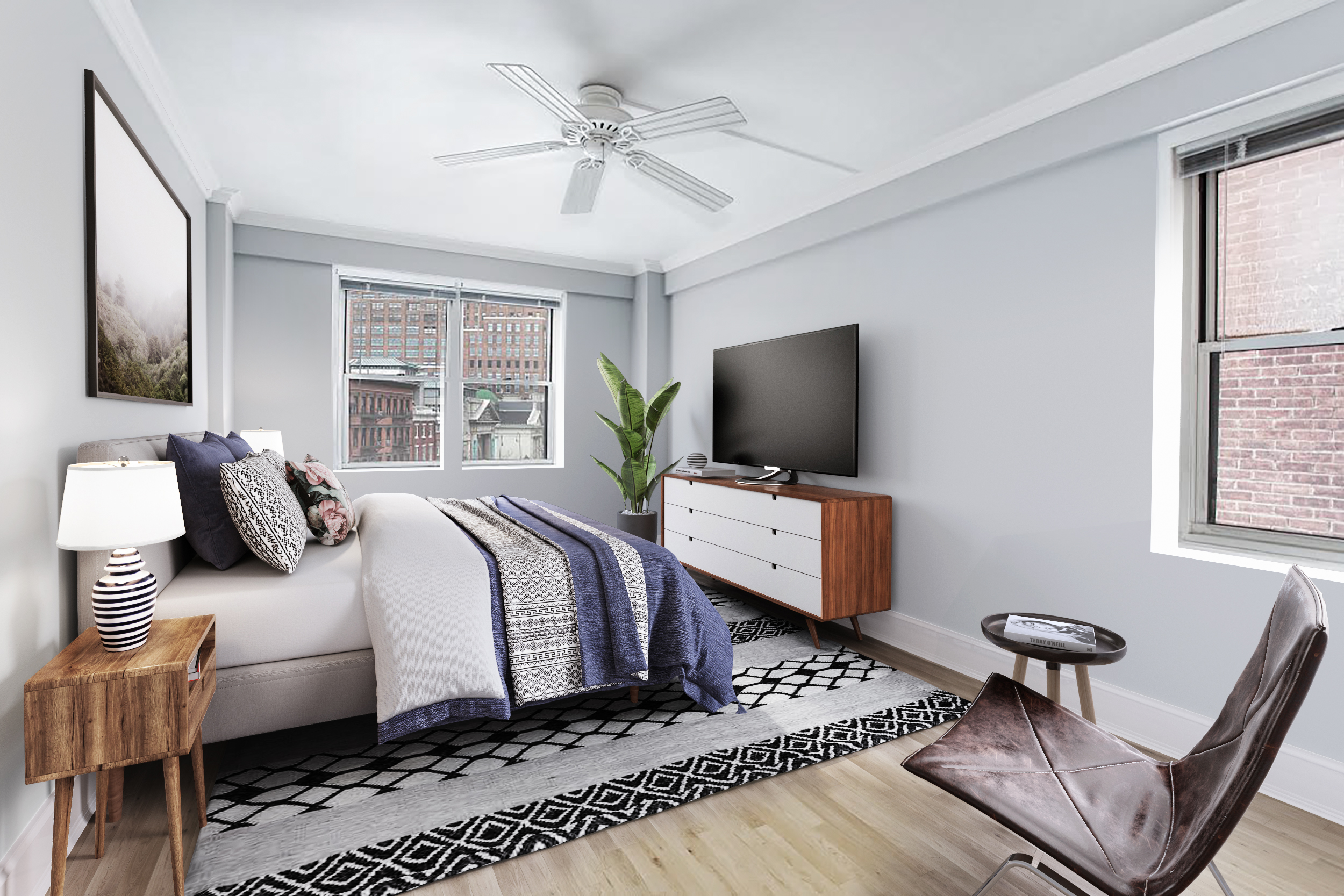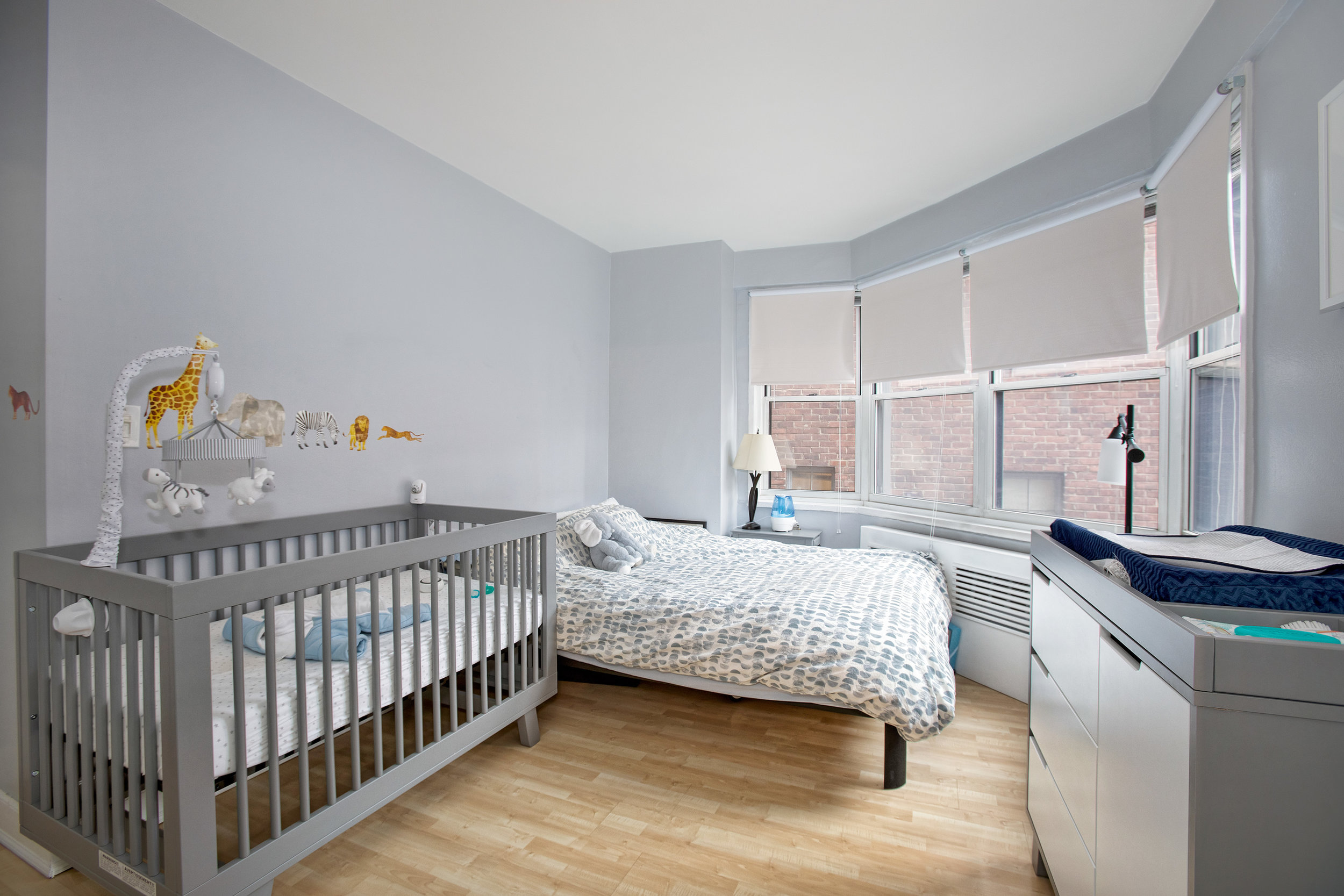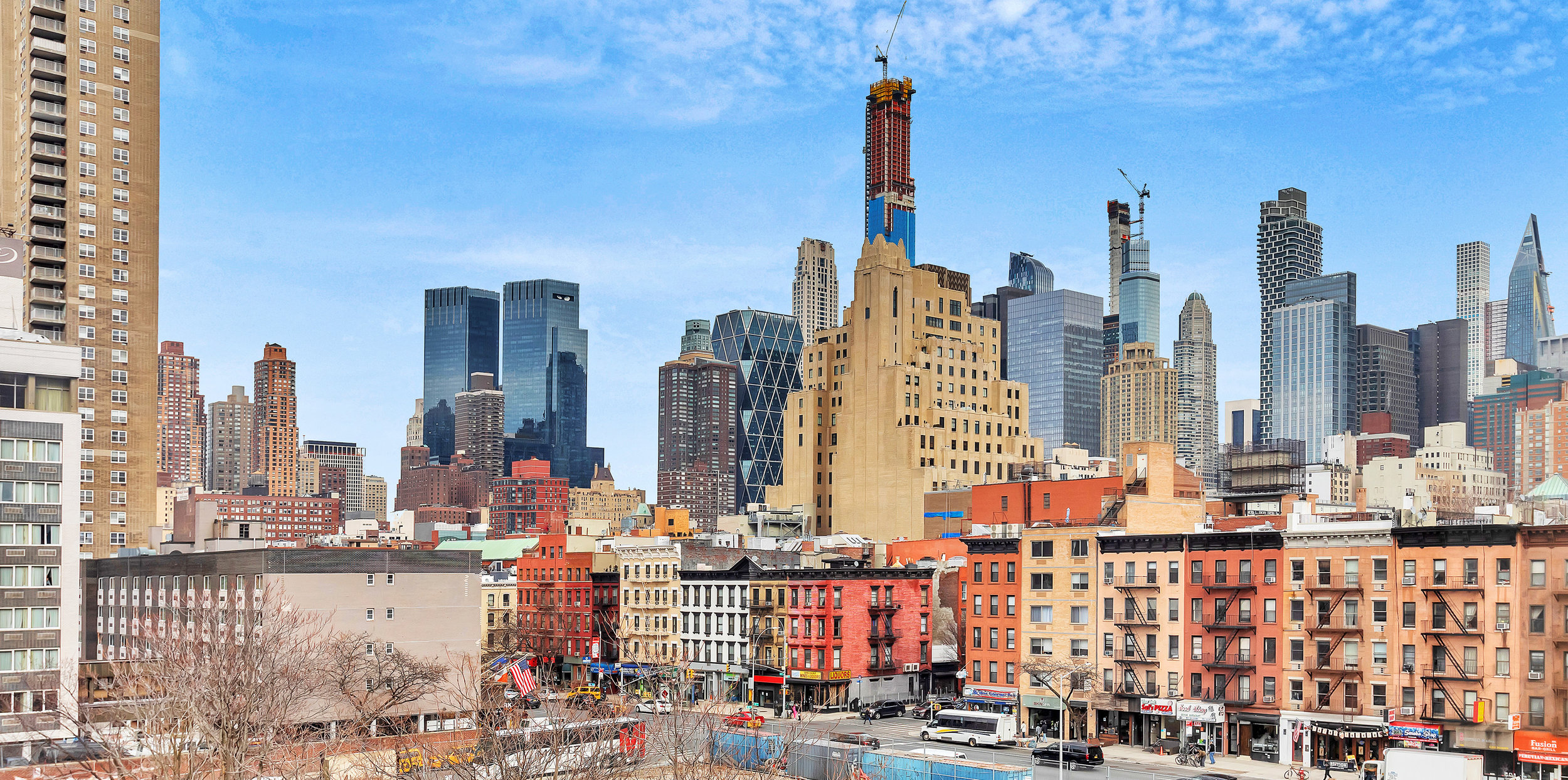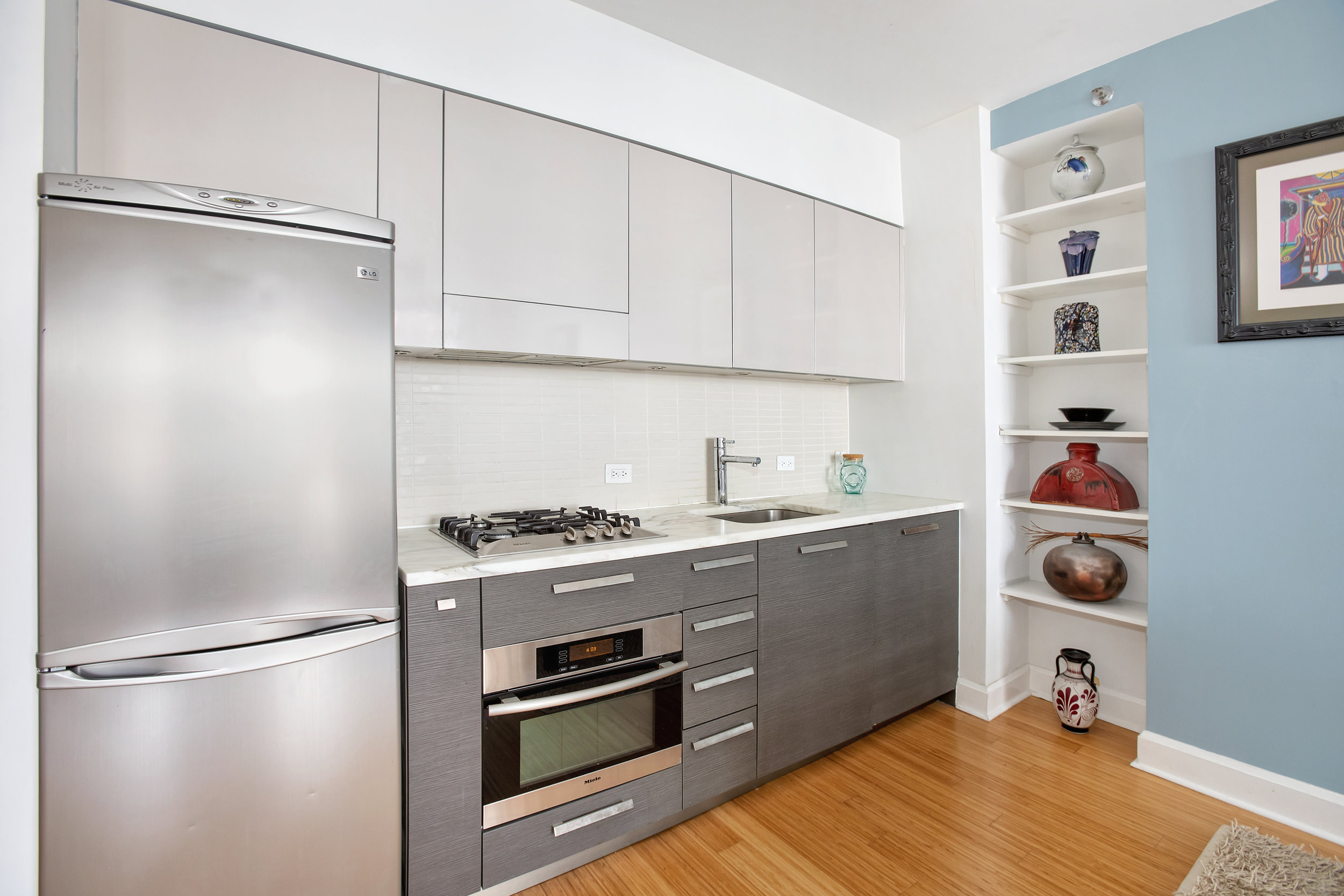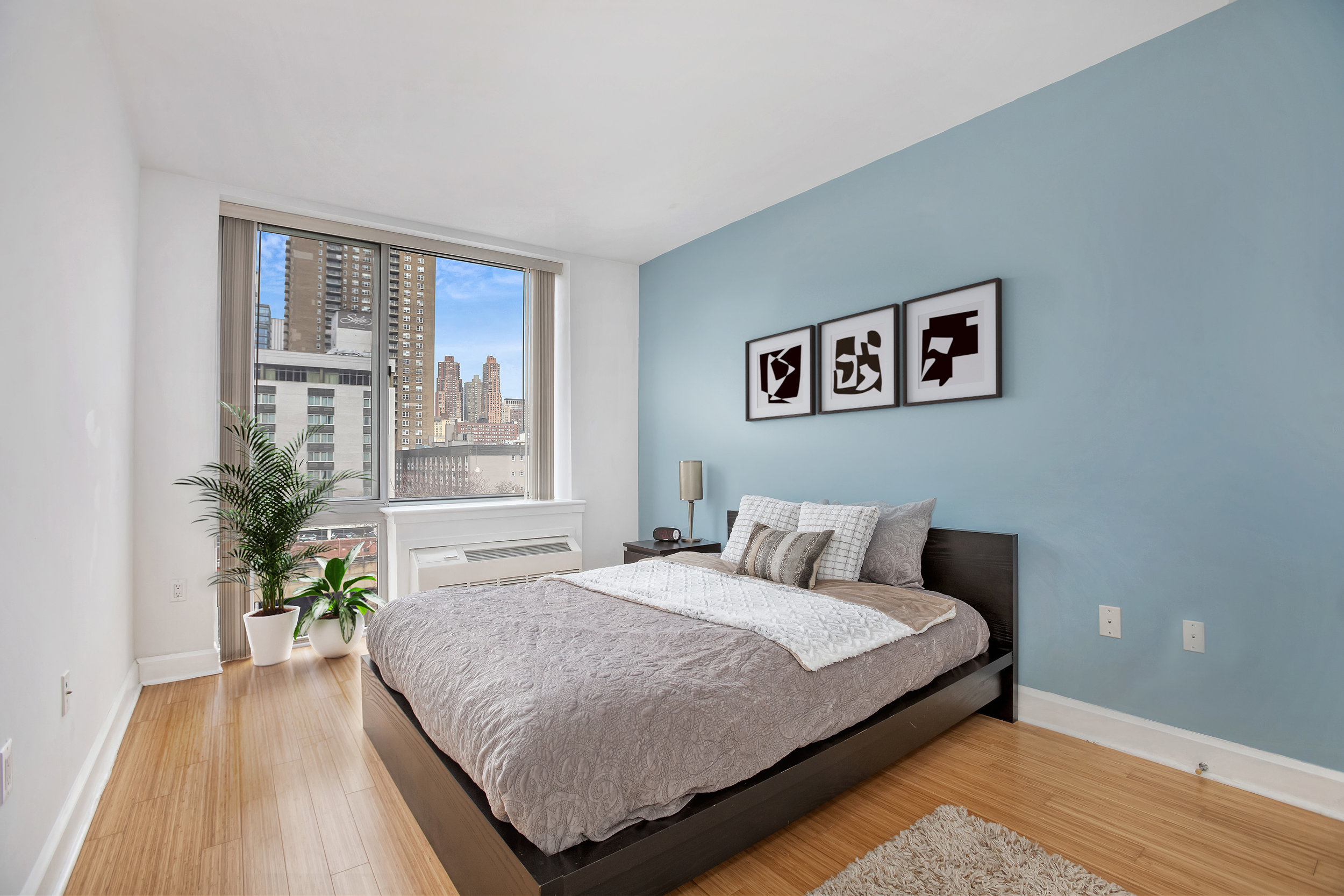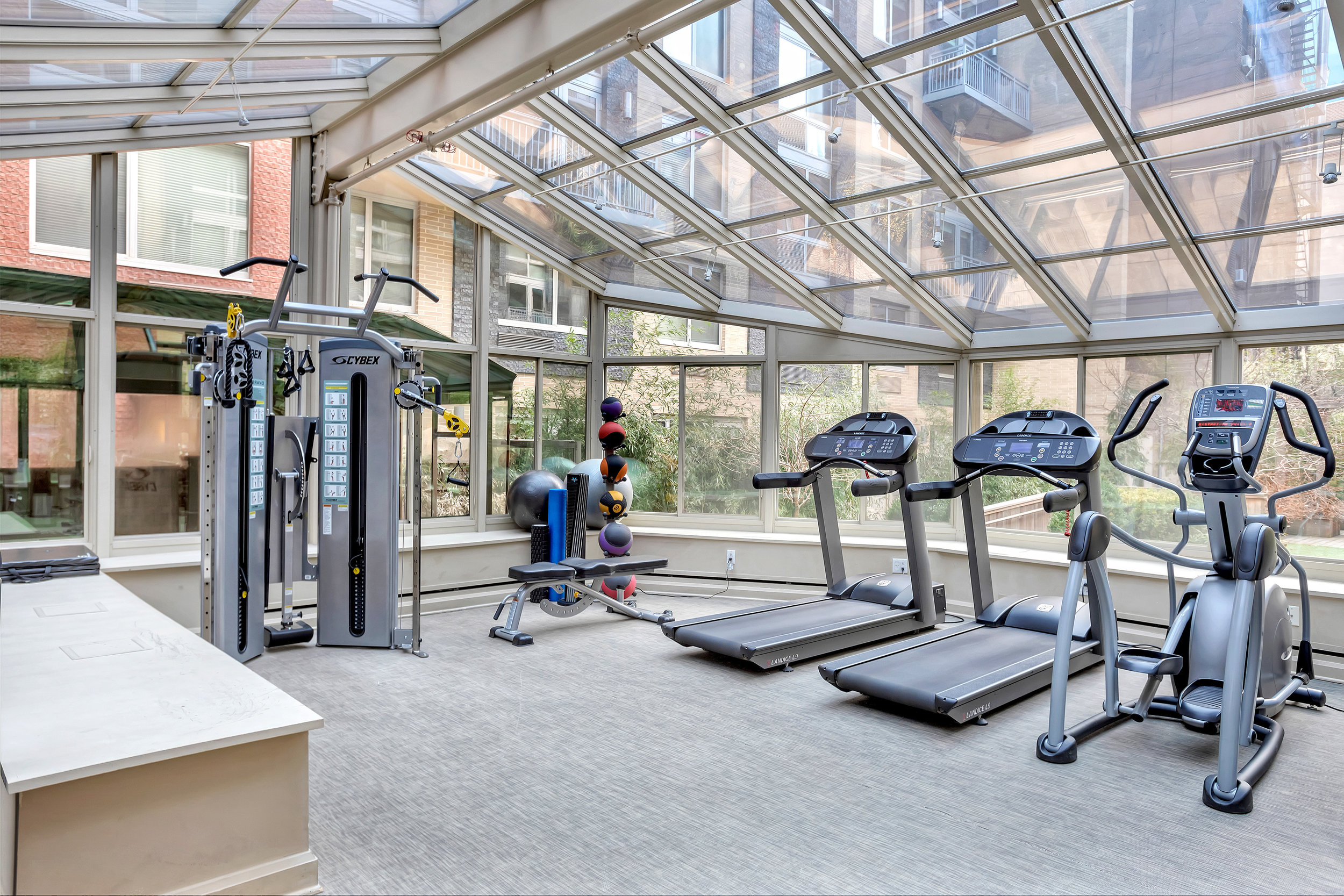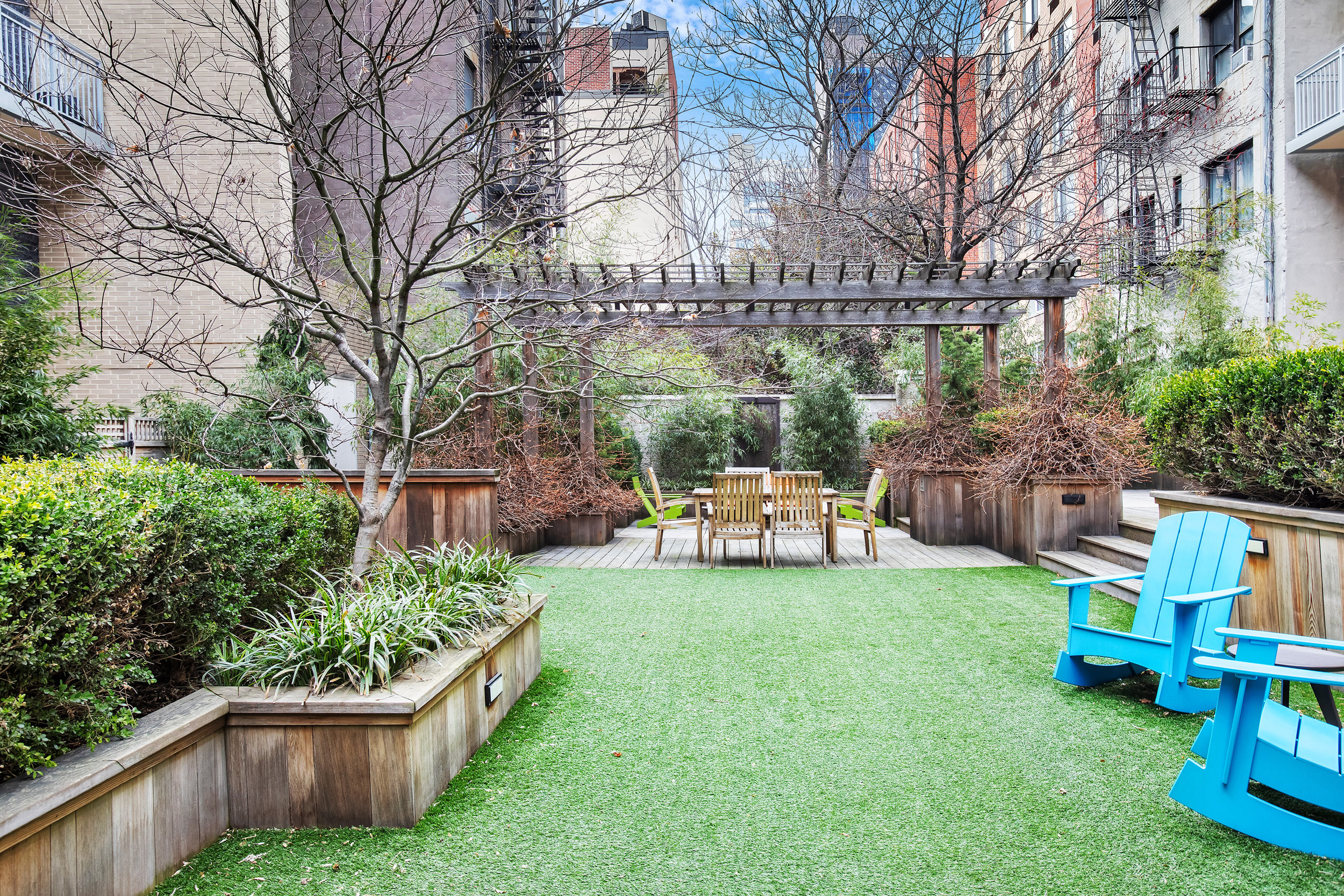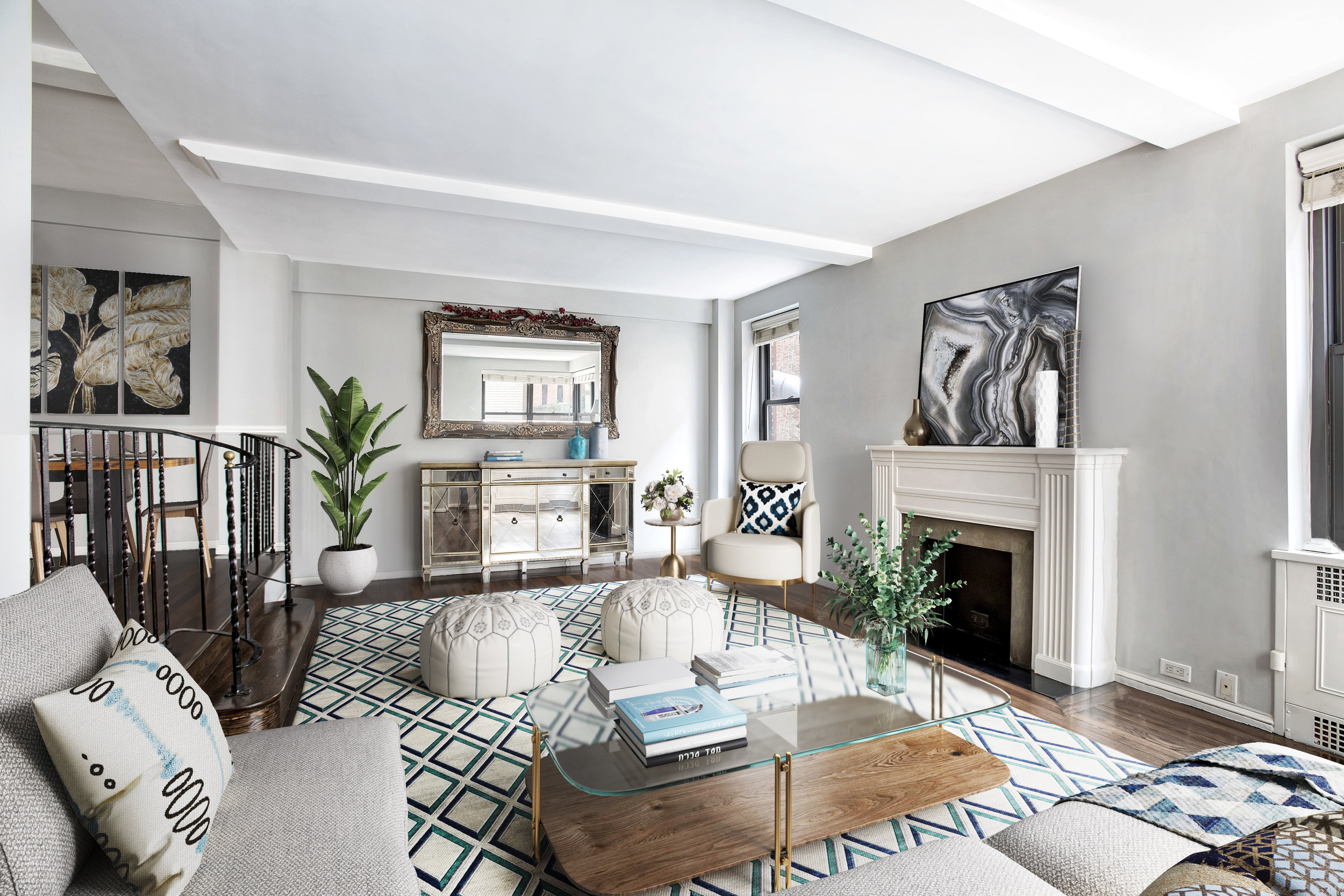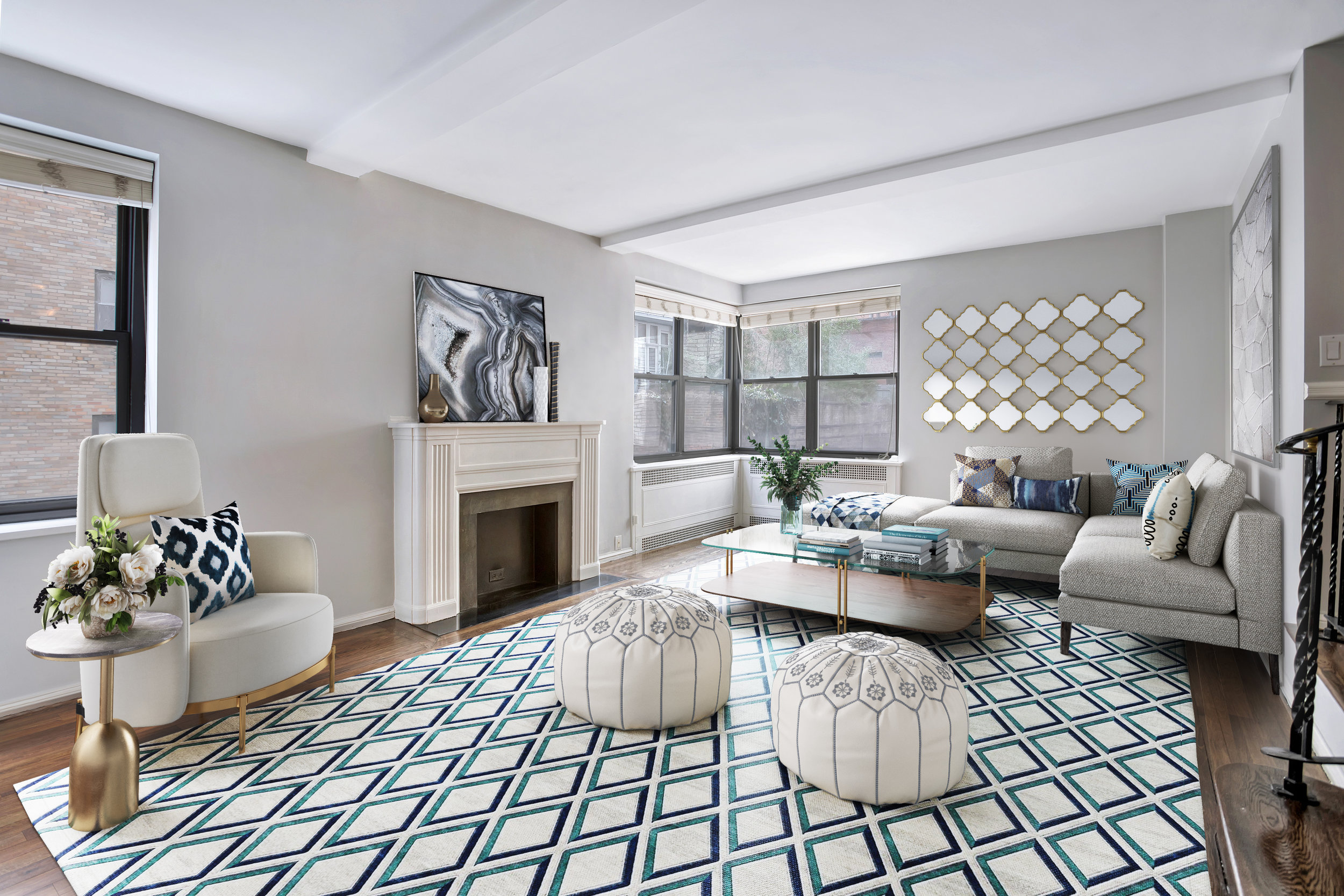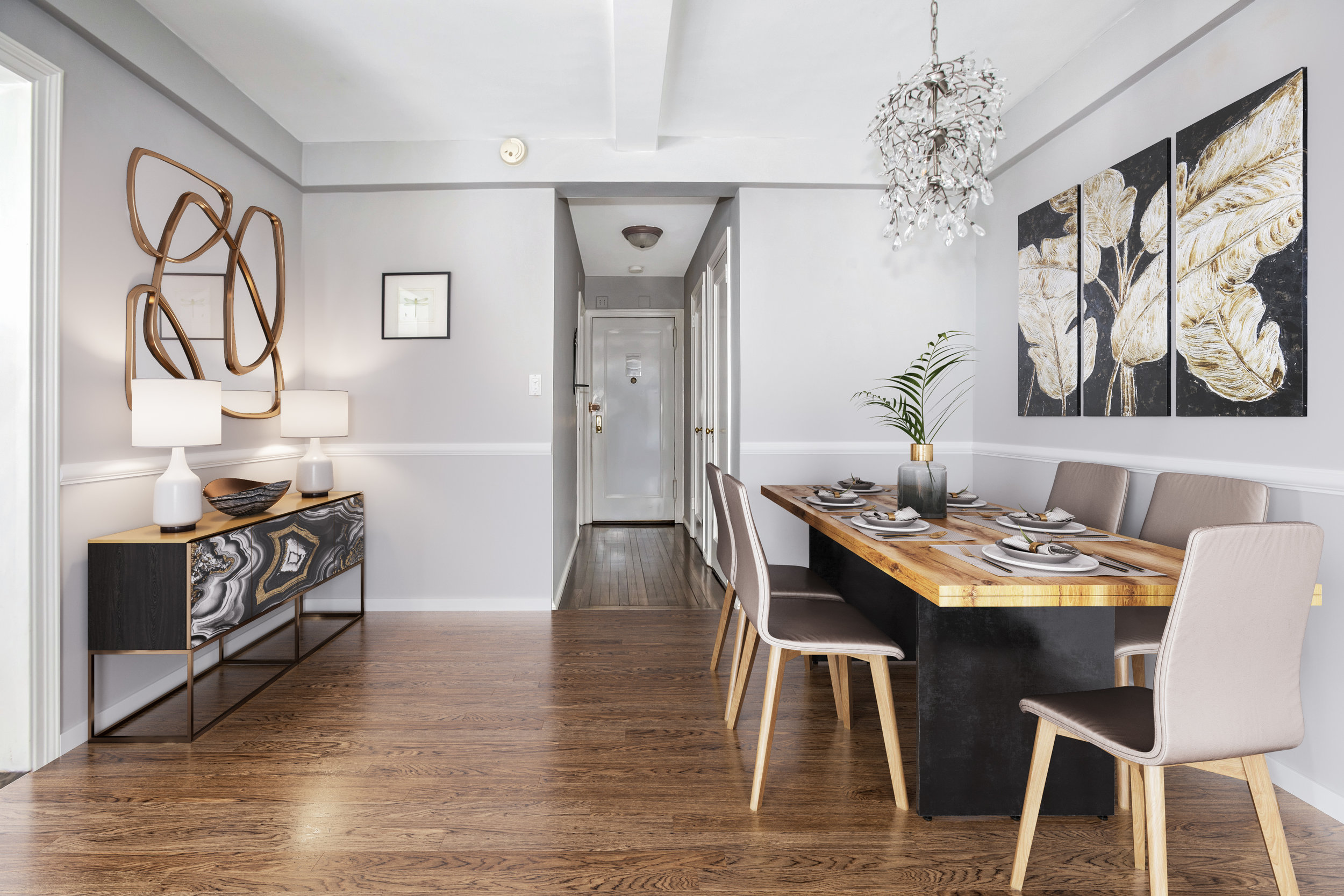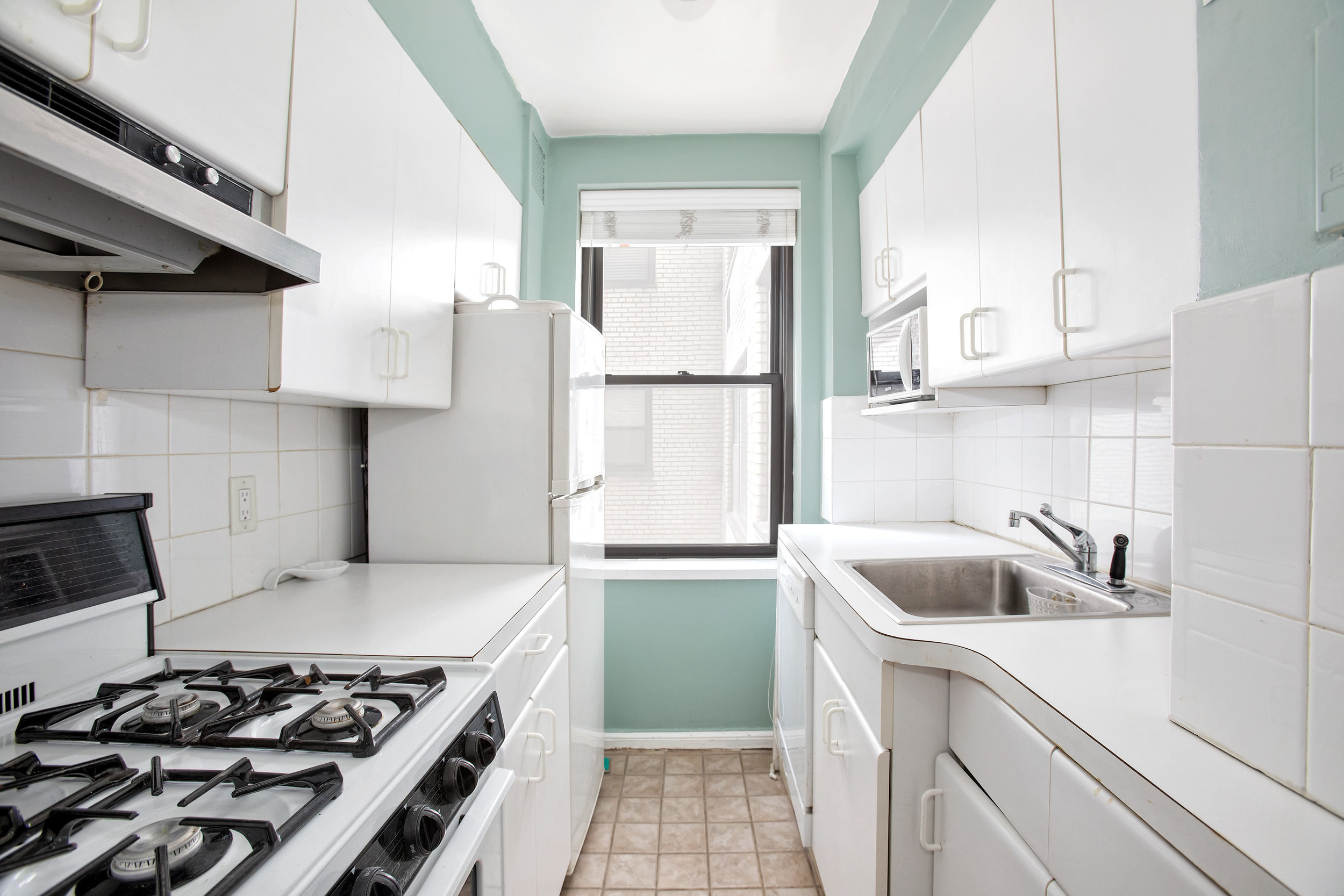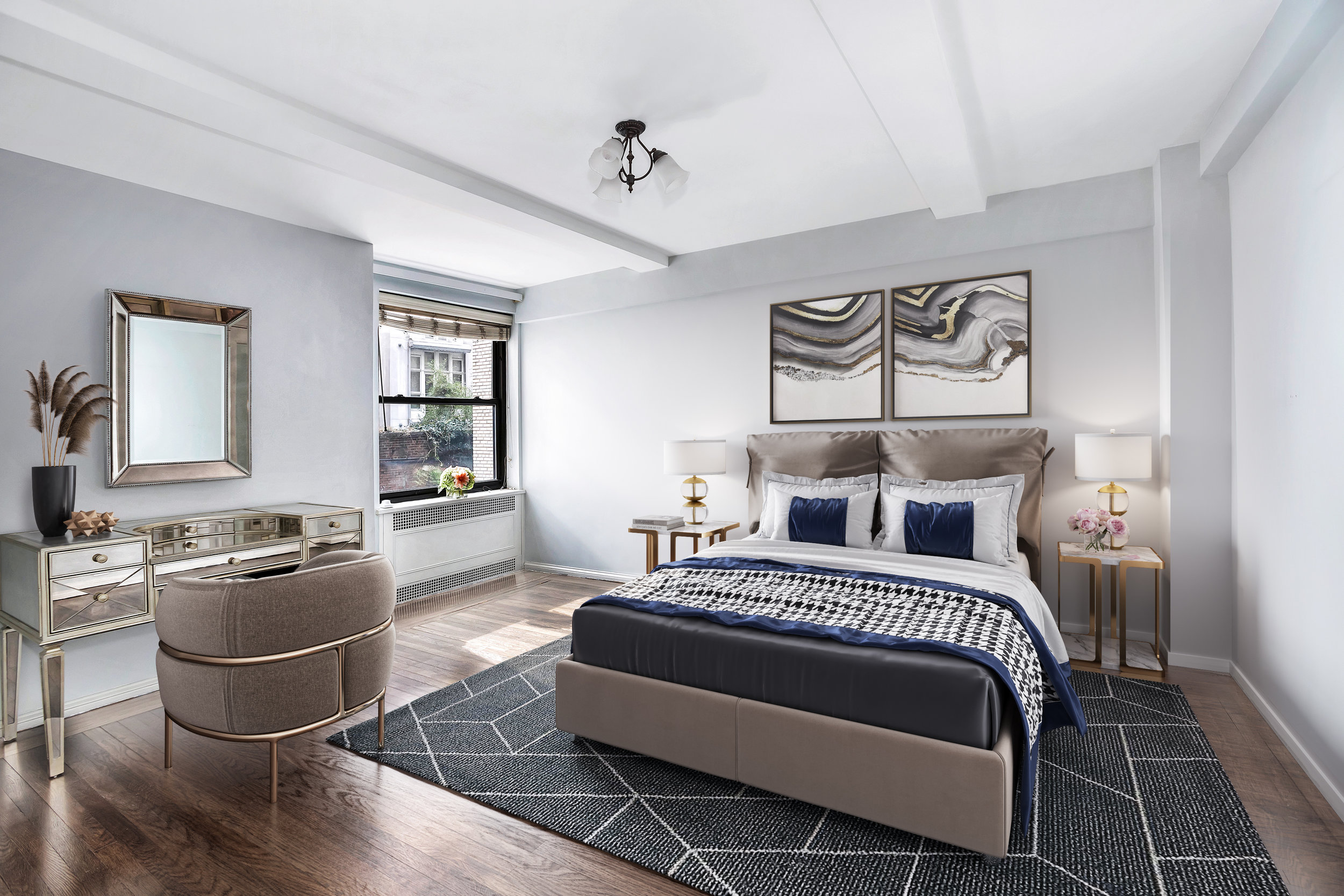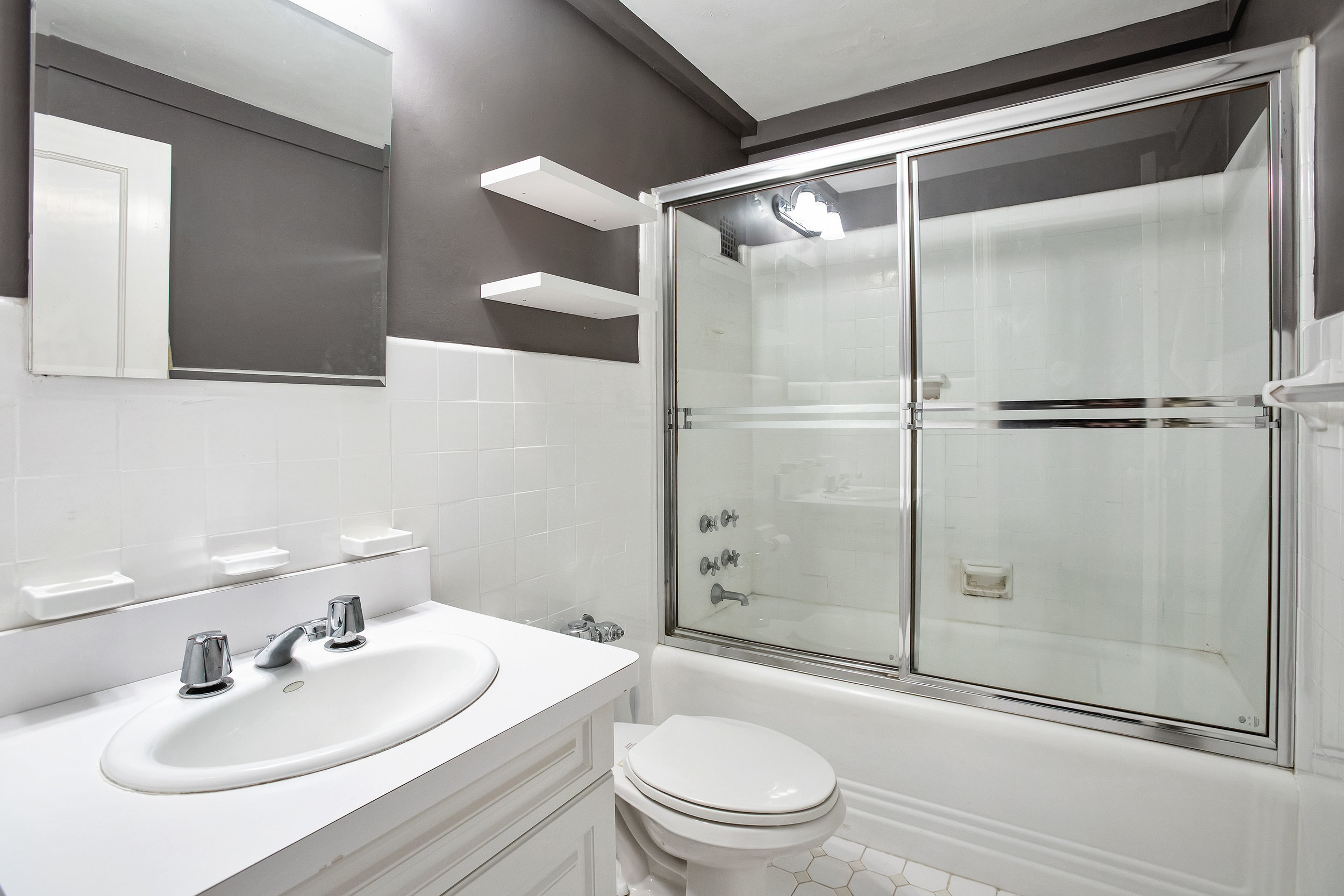Update 2/26/19: Council Members Mark Levine and Margaret Chin announced on Monday that they plan on introducing a resolution in support of the pied-à-terre tax, as amNYreported. The tax would be modeled after the measure sponsored by State Sen. Brad Hoylman and apply an annual surcharge on non-primary homes worth more than $5 million.
Last month, billionaire Ken Griffin closed on a penthouse at 220 Central Park South for over $239 million, making it the most expensive home ever sold in the United States. Griffin, the founder of the hedge fund Citadel, said he will not use the pricey pad as a primary residence, but instead as “a place to stay when he’s in town.” The staggering sale has renewed support from public officials for a pied-à-terre tax, which would place a yearly surcharge on homes worth $5 million and up, and apply to non-primary residences, as reported by the New York Times.
In 2017, there were 75,000 pieds-à-terre, up from 55,000 in 2014, a survey from New York City Housing and Vacancy found. Owners of luxury NYC homes who use them as non-primary residences tend to live and work outside of the city, avoiding city income taxes. And due to an outdated tax system, city co-ops and condos are not taxed at market value, but instead by looking at the income generated by comparable rental buildings, the Times reported.
Officials most recently called for the tax in 2014 but failed to move it forward in the state legislature because of opposition from Republicans in the Senate. But Griffin’s sale, roughly $100 million higher than the previous record-holder, has helped renewed interest in legislation that was first drafted by Sen. Brad Hoylman five years ago.
Hoylman’s bill, currently sitting in the Senate Cities Committee, would amend the state’s property tax law with a new section that allows New York City to impose an additional property tax on pied-à-terre residences. For properties valued between $5 million and $6 million, a 0.5 percent surcharge would apply to homes over $5 million.
Properties valued at $6 million and above would be subject to a fee and tax, increasing to match the value. For homes valued at $25 million and over, there would be a $370,000 fee and a 4 percent tax. According to estimates from the Fiscal Policy Institute, the city could generate over $660 million in tax revenue annually through less than 2 percent of non-primary residences across the boroughs.
“Billionaire oligarchs who own $238 million second homes can afford to pay a little more to sustain our subways, our schools and our city,” Hoylman tweeted on Saturday. “We need a pied a terre tax in New York. I’m proud to have written this bill and to lead the fight in the Senate.”
According to the Times, Council Member Mark Levine will propose that funds from the tax should go toward repairs at the city’s public housing complexes and to help spur more affordable housing development. And Council Speaker Corey Johnson also told the newspaper he plans on pushing lawmakers in Albany to approve the pied-à-terre tax.
“There are few better examples of the burgeoning inequality in our City than $238 million dollar homes that will most likely sit empty,” Johnson tweeted on Monday.
Gothamist reported last month that Griffin would need to pay nearly $8.9 million annually to the city for his Central Park home under the proposed bill, according to calculations made by James Parrott, the director of economic and fiscal policies at the Center for New York City Affairs.
This post was originally published on 2/11/19
[Via NY Times]
